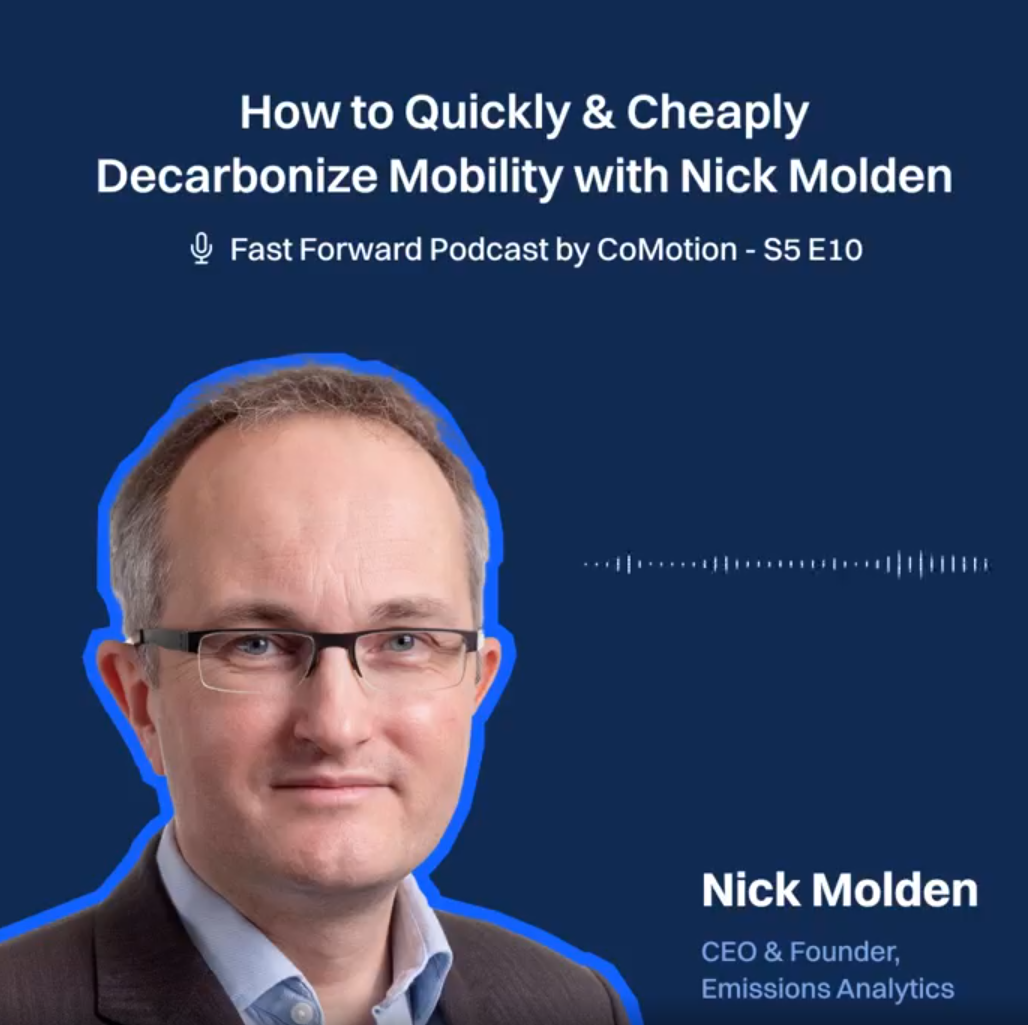The impact of road-tire wear: a hidden source of airborne microplastics and black carbon
Recent studies conducted in the Colorado Rocky Mountains reveal that tire particles, laden with nano-sized carbon black, are being deposited on high-altitude snow, contributing to accelerated melting and atmospheric warming. Analysis by Emissions Analytics identified organic compounds in these particles that match those found in road tires, highlighting their widespread environmental presence.
A major source for airborne microplastic particles is road-tire wear. Microscopy and chemical analyses of wind-blown particles on dirty, high-elevation (2865-3690 m) snow surfaces in the Colorado Rocky Mountains revealed the presence of black carbonaceous substances intimately mixed with microplastics, particles interpreted as tire matter.
Identical and similar particles occur in shredded tires and in samples collected from road surfaces. The black substance responsible for the black color of all tire particles is nano-size carbon black, a tire additive that homogeneously permeates tire polymers and other additives and that strongly absorbs solar radiation .
The key to documentation of worn tire matter was the identification in two-dimensional gas chromatography by Emissions Analytics of many organic compounds in snow common to those in road tires. The mass of black carbonaceous particles produced by road-tire wear may be estimated by multiplying measured mass of eroded tire-per-distance traveled by vehicular distances. The eroded tire mass from moving vehicles used for these estimates was measured by Emissions Analytics.
Under assumptions of amounts of tire-wear particles emitted to the atmosphere, the mass proportion of atmospheric black carbonaceous matter from annual road-tire wear might be as much as about 10-30% of atmospheric black carbon, such as soot from vehicle exhaust and domestic cooking. Black particles from road-tire wear may thus be an important component that contributes to melting of snow and ice as well as to warming the atmosphere. The potential toxicity of organic compounds in black-tire matter is another concern for the health of organisms in mountain ecosystems. A revised estimate for the annual mass of eroded tires globally is 6550 kilotonnes.
Citation:
Reynolds, R. L., Molden, N., Kokaly, R. F., Lowers, H., Breit, G. N., Goldstein, H. L., Williams, E. K., Lawrence, C. R., & Derry, J. (2024). Microplastic and Associated Black Particles from Road-tire Wear: Implications for Radiative Effects across the Cryosphere and in the Atmosphere. Journal of Geophysical Research: Atmospheres, 129, e2024JD041116, https://doi.org/10.1029/2024JD041116
Emissions experts call for reform of car taxation to be based on a combination of weight and mileage
· Simpler car tax system proposed, based on vehicle weight and miles travelled
· Would apply the ‘polluter pays’ principle
· Switching to 150 kg lighter car or driving 1,000 fewer miles will save £100 a year
· Experts call current VED system ‘a mish-mash of incentives and penalties’
Cars should be taxed on a combination of weight and mileage, according to a radical new study from emissions experts Nick Molden and Felix Leach.
Molden, who is the CEO of emissions testing company, Emissions Analytics, and Leach, Associate Professor of Engineering Science at the University of Oxford, will be launching their new book: Critical Mass: The One Thing You Need to Know About Green Cars at Keble College, Oxford, on November 25th and Imperial College, London, on December 2nd. The events will outline proposals for a simpler, more environmentally-credible road tax system.
The launch of the book will be hosted by Chief Executive of the RAC Foundation and former Director General at the Department for Transport, Steve Gooding, and Professor Gautam Kalghatgi, until recently Visiting Professor at the University of Oxford.
The book outlines in with brutal clarity that the current system for Vehicle Excise Duty (VED) is flawed, even calling it a ‘mishmash of incentives and penalties’.
The result is a powerful evidence-based thinking that has the basis to overcome bitter factional disputes between different groups trying to promote one powertrain over another. Former Secretary of State for the Environment and Deputy Prime Minister, Michael Heseltine, said: “I welcome this contribution to the most important challenge of our time.”
It is a timely release. Next year the so called ‘road tax’ will undergo a major overhaul and it will include Electric Vehicles (EVs) that are currently exempt from VED.
Starting April 1st, 2025, EVs will lose their VED exemption, however. That means buyers of new EVs will have to pay the next lowest first-year tax rate, which currently stands at £10. Once an EV hits its second year on the road, owners will be required to pay the standard VED rate, which is currently £190 and is expected to increase with inflation from April 2025.
The new legislation will also hit buyers of EVs costing over £40k with additional tax and used EV buyers and hybrid buyers will also have to pay more.
But Molden and Leach say there is a solution that is not only better for the environment, but simpler to administer and much easier to understand.
Molden explained: “Taxing a car on a combination of its weight and mileage offers a simple, potentially universal approach to pricing-in the environmental impact of cars while at the same time overcoming the objections to the current mish-mash of incentives and penalties.
“In our book, we offer an intuitive ‘proof’ of why mass and distance are fundamental to designing a system to incentivise the purchase of ever-greener cars and this is contrasted with other flawed bases for judging environmental impact, such as measures of vehicle efficiency, including energy and fuel efficiency, as well as elements incorporated in the current system such as fuel type and laboratory carbon dioxide emissions.”
The two experts outline ways in which the system can be adopted and show the types of cars likely to taxed lightly and those that will be more expensive to keep on the road. Broadly, smaller cars will be cheaper to tax.
Under Molden and Leach’s proposed system (taking the example of the UK) if an average car is 150 kg lighter or does 1,000 fewer miles, the owner would pay £100 less per year.
“Specific tax rates are proposed and compared to existing taxes to illustrate winners and losers – winners being small city cars and loser including high-mileage heavy cars and SUVs,” explained Leach. “The concept proposed is a reliable revenue-raiser at a time of widespread fiscal pressure and declining vehicle taxation. It could also be adopted rapidly and transitioning to it is easy.”
The idea of taxing a car on the basis of its weight and miles travelled, also translates easily for a car-buying public that has to negotiate confusing rates and inconsistencies, while car makers have increased the size and weight of their models with impunity.
Molden added that deploying a single measure of a car’s environmental credentials to guide purchases and government policy is the way forward, and the measure that takes account of approximately three-quarters of the environmental impact of a car is the car’s weight, and that metric correlates well with environmental damage.
Molden added: “Most people want to do the right thing environmentally when they are buying a car, but the information and choices are now too complex for any normal consumer to understand fully. The question was whether there is a simple, practical way to point the car buyer in the right environmental direction and allow governments to tax and subsidise the right things – and there is.”
Ends
Notes to editors:
Nick Molden is the Chief Executive Officer of Emissions Analytics (https://www.emissionsanalytics.com) and a Honorary Senior Research Fellow at Imperial College London
Felix Leach is Associate Professor of Engineering Science at the University of Oxford (https://eng.ox.ac.uk/people/felix-leach/)
Critical Mass: One Thing You Need to Know about Green Cars is now available in hard copy and as an ebook. To obtain a copy go to: https://www.sae.org/publications/books/content/r-575/ or https://amzn.eu/d/2FrpYUH.
To apply for tickets to the launch events, please email info@emissionsanalytics.com.
Kohlendämmerung?
Twilight of the carbon economy
Dusk approaches, but the denouement is unclear. Will the flames of 2026 engulf fossil fuels, the internal combustion engine, electric vehicles or net zero? Are we about to see the twilight of the carbon economy? Or perhaps twilight of our environmental idols?
Twilight of the carbon economy
Dusk approaches, but the denouement is unclear. Will the flames of 2026 engulf fossil fuels, the internal combustion engine, electric vehicles or net zero? Are we about to see the twilight of the carbon economy? Or perhaps twilight of our environmental idols?
The clever construction of zero emission vehicle mandates and the exclusion of manufacturing emissions from the definition, has created a scenario where European authorities apparently must triumph in their push for electrification of new vehicles, whether it actually reduces carbon dioxide emissions sufficiently. The battle has now moved to second-hand cars. To meet net zero by 2050, it is a priority to get all internal combustion engine (ICE) vehicles off the road, just as those drivers for whom battery electric vehicles (BEVs) are not suitable hold onto their ICE cars as long as they can. Although car drivers are repeatedly assured by governments and their funded spokesmen that no-one will appropriate their existing ICE vehicles, current drafting of EU legislation suggests otherwise. While it remains controversial whether they are coming after your ICE car, let us examine the question of whether such a policy could be justified by any emissions reduction it would bring about.
Before going further, this topic has previously generated controversy, when it was wrongly reported that new legislation proposed a ban on repairing cars over 15 years old. This was rightly debunked by AFP. Even though no such time limit was proposed, there is genuinely good motivation in stopping unroadworthy vehicles in Europe being exported to countries with lesser standards. However, is there further nuance in the proposed regulation, and how does it square with emissions reduction?
To incentivise low carbon dioxide emission vehicles into the market, Europe – with some minor differences between the European Union and the United Kingdom – use three main tools. First, and most high profile, is the ‘zero emission vehicle’ (ZEV) mandate, which requires a certain proportion of each manufacturer’s new car sales in a year effectively to be BEVs. Second, there are the fleet average carbon dioxide targets, also applied to each manufacturer, and which are in practice similar to the Corporate Average Fuel Economy (CAFE) targets in the US. Weighted by sales, their emissions each year must be below a certain threshold set by the EU. The third and least visible tool, is the very definition of BEVs, along with hydrogen fuel cell vehicles, as emitting zero carbon dioxide, which creates a large hidden bias in their favour. This is clearly untrue during their usage – as the electricity to power them in almost all cases emits some carbon – and during their manufacture. On average, a BEVs emits around six tonnes more carbon dioxide when it is made compared to an equivalent ICE vehicle, but then emits around 1.5 tonnes less each year during its use. As this zero emission definition feeds into the requirements of the ZEV mandates and CAFE targets, all three can be seen to work in harmony to create a strong incentive for manufacturers to sell BEVs, and an incentive that is stronger than is warranted by the emissions reduction potential.
Despite these incentives, only about one in five new car buyers in Europe are opting for BEVs, which is a flattering proportion as the size of the market remains subdued, in part due to some people switching to buying used having been priced out of the new market as manufacturers have rationalised their traditional vehicle ranges. Nevertheless, authorities will be able to force through their BEV targets because manufacturers can simply ration the availability of ICE vehicles. As CAFE targets and ZEV mandates are based on market share by technology, if manufacturers are struggling to sell BEVs, they can always restrict ICE vehicle numbers. To match supply to demand, this would be done by increasing ICE vehicle prices and consequently their per unit profitability. Manufacturers would let governments and authorities take the heat for factory closures and lost jobs as a result of lower vehicle sales volumes. The alternative scenario is that governments ply the industry with BEV subsidies to boost their sales volumes, thereby maintaining ICE vehicle sales volumes too. This is less likely, however, as most governments are fiscally constrained, and such subsidies would primarily act as significant financial transfers to industry.
The lack of desirability of BEVs is most vividly seen in their current depreciation rates. In the first three years of life, a typical BEV in Europe loses around half of its value. In cash terms the reality is starker, as a typical BEV is more expensive than the equivalent ICE vehicle, so the cash depreciation can be over 50% more for the BEV. So long as this demand remains weak, the effective price of new BEVs will remain higher, thereby limited the quantity sold. At the same time, the second-hand value of ICEs vehicles is strong – up 21% in Europe since the start of 2020, according to EUROSTAT – through some combination of consumers switching from new to used vehicles and a general rising demand for car transportation. As ZEV mandates get tougher, this trend is only likely to strengthen. Existing owners of used ICE vehicles will be incentivised to hold and maintain them for longer than before, while those who would previously have bought new will enter the market for used ICE vehicles. For a long time, demand for BEVs may remain weaker than governments wish due to the presence of a preferable alternative.
With the rules already in place, as described above, authorities will be able to force all new vehicles to be BEVs, but at a cost to government in terms of higher unemployment, lost tax revenue and electric vehicle subsidy payments. This total political and fiscal cost could be high. How could this be avoided? How could governments stop demand leaching away from BEVs to ICE vehicles? The only way is to eviscerate the second-hand market for ICE vehicles.
It is highly unlikely that governments would directly confiscate vehicles, or even force them off the road at a certain fixed age, such as 15 years. Property rights are still generally well respected in Europe. It is also relatively unlikely that vehicles would be priced off the road through punitive taxation, as the owners of the oldest vehicles would often be people on low incomes and requiring their vehicle to get to work. More subtly, the EU has in fact already promulgated a regulation that may effectively achieve this goal, included within ‘Green Deal’ legislation in July 2023: “REGULATION OF THE EUROPEAN PARLIAMENT AND OF THE COUNCIL on circularity requirements for vehicle design and on management of end-of-life vehicles, amending Regulations (EU) 2018/858 and 2019/1020 and repealing Directives 2000/53/EC and 2005/64/EC.” Take a look at Annex I, Part A, clause 2.
The vehicle is economically irreparable if its market value is lower than the cost of the necessary repairs needed to restore it in the Union to a technical condition that would be sufficient to obtain a roadworthiness certificate in the Member State where the vehicle was registered before repair.
The owner must deliver such an ‘end of life’ vehicle to an authorised destruction facility if told that it meets these criteria. The owner is not permitted to repair or sell the vehicle. Members states will be left to designate the authorised facilities, which will then issue the edict that a vehicle is beyond economic repair, although it would seem reasonable to assume that it would be garages or safety testing centres such as the German TÜVs or performing the MOT, if applied in the UK. There is a carve-out for certain classic vehicles over 30 years old.
In addition, the European Commission website carries an explanation of the proposed regulation, which includes:
If a car needs a repair, any part may be changed as long as the vehicle is fit to pass the roadworthiness inspections and remains authorised to operate on the EU roads. [our emphasis]
What is apparently a clarification leaves open the question of what “…remains authorised to operate on the EU roads…” means. By the construction of the sentence, it must mean more than just being roadworthy. As drafted, therefore, this could mean exactly that any repairs must cost less than the residual value of the vehicle for the car still to be authorised to be used.
We would like to hear from anyone within the EU’s legislative process as to whether, and in what way, the text is going to be changed. As poorly drafted legislation has a nasty habit of finding its way onto the statute book through omitting to correct it, what is written on the page is more important that words of reassurance.
If the correct interpretation is that vehicles will forcibly be scrapped if repairs are too expensive, let us examine what that would mean in practice and the effect on emissions. We have researched twelve popular vehicles in Europe and looked at the age at which they could be written off under the definition above. Assume the market value is the trade rather than retail price. We have then considered two scenarios: a mild-to-moderate repair of a full set of brake pads and discs, and a moderate-to-serious repair requiring the replacement of the gearbox. The costs of these repairs include labour and any taxes, and are based on costs in the UK. The table below summarises the youngest model year of each vehicle where the value of the vehicle is less than the cost of the repair.
The aim of this table is not primarily to compare vehicles, but to derive a representative average for the market. For example, the Citroen Picasso would be deemed scrap if it needed a new gearbox at just seven years old. For a new set of brakes, it would be written off at 15 years old. The Ford Fiesta would survive much longer, due to its slower depreciation rate.
This analysis suggests that the proposed regulation would be able to force almost all vehicles off the road above the age of 18.5 years, as a mild-to-moderate fault is highly likely by that age. It would also force the scrappage of a material proportion of vehicles above nine years old, for those that develop more serious problems. As there are approximately 13.2 million cars reaching their tenth birthday each year in Europe according to the European Automobile Manufacturers’ Association (ACEA), that creates a significant amount of additional vehicle demand. Some of that will further augment demand for the remaining used ICE vehicles, but a growing proportion will be forced either to buy BEVs or forego having a private motor car at all.
While this is not the place to discuss the political or social aspects of the policy, what does it mean for emissions? There are three main aspects. The first, and the flawed premise of the whole policy, is that BEVs are zero emission and, therefore, ‘perfect.’ As we have shown in previous newsletters, on a lifecycle basis, BEVs reduce carbon dioxide emissions by about 50%, compared to full hybrids offering a 30% reduction – so, 20% points more. Still much better, but this is a gap that may not justify such an extreme policy.
The second aspect is around whether it is better to keep your old car as long as possible or upgrade to the latest technology. The general answer is that, from a carbon dioxide perspective, it is almost always better to keep an old car as long as possible, because building a new BEV car will incur an extra six tonnes of emissions upfront in making it. Even where the new car has a substantial efficiency advantage, the payback time of these manufacturing emissions can be long. The main caveat to this is that if the other tailpipe emissions – air pollutants such as nitrogen oxides and particulates – are high, it can be justified to upgrade on the basis of overall damage. Broadly, gasoline vehicles after 2005 do not contribute significantly to air pollution; for diesels, it is more complicated, but anything after 2018 should be fine, anything before 2009 is bad, and many in the middle are questionable – not least due to the emissions manipulation crisis that became Dieselgate.
The final aspect relates to the correlation between vehicle age and miles driven. The older the car, the less it tends to be driven on average. For example, from the UK’s periodic technical inspection MOT data, a car under three years old in Europe is typically driven 8,086 miles (13,018 km) per year, but a car between nine and twelve years old only goes 5,241 miles (8,438 km) annually. As most of the emissions from an ICE vehicle arise from its usage, the distance driven is highly relevant to the optimal emissions decision. To take an extreme example, if an ultra-high-emitting, modern classic ICE vehicle were driven only 500 miles year, a forced upgrade to a BEV would cause the emission of six tonnes of carbon dioxide in the latter’s manufacture, for almost no saving in in-use emissions. We discussed this is more detail in a previous newsletter, which showed that if you drive fewer than 3,000 miles (4,830 km) per year it is unlikely you would ever pay back the manufacturing emissions from switching to a BEV. The EU policy proposed above is targeting exactly those older vehicles. Consequently, this policy, if enacted, would likely lead to substantial increases in lifecycle carbon emissions, by driving old, lightly-used ICE vehicles off the road. From an emissions point of view, it would be better to let them run until they die naturally.
Beyond the need artificially to increase demand for BEVs by forcing ICE vehicles off the road, there are other potential reasons for this policy. As Europe continues to equivocate on expanding its nuclear electricity generation, the grid will be decarbonised mainly through additional wind and solar capacity. This creates a significant intermittency problem, which must be balanced by a large storage mechanism. This can be done, but it is expensive. Better, would be to harness a large, pre-existing fleet of battery electric vehicles and mandate bi-directional charging so energy could be moved in and out of that fleet as the grid needed for balance. A second motivation may be to make sense of the ambitious aims for autonomous driving, often motivated by the desire to improve road safety. The prospect of true automation – level 5 – on the open road is far away, and may prove to be impossible while there is a vehicle fleet of different ages and technologies, and while only some are autonomous and connected. By forcing these older vehicles off the road, it could lead more quickly to algorithm- rather than human-controlled driving.
In summary, we question the headlong rush to BEVs on the grounds that the cost per unit reduction of carbon dioxide emissions is too high and there are more pragmatic and effective ways, such as with full hybrids. However, the rules of the game as set in the EU and UK mean that authorities must be the winners, unless the fundamental mischaracterisation of BEVs is overturned. Otherwise, BEVs will win, it is just a question of at what price. That cost to taxpayers and industry will be minimised if older ICE vehicles can be forced off the market as soon as possible. In doing so, the cost will be surreptitiously shifted to consumers, and especially owners of older vehicles and lighter users. And, to aggravate the situation, it may well lead to higher carbon emissions. But if this added cost forces many people out of cars completely, that will certainly meet the objectives of a prominent minority of policy makers. It appears that we are the point where the EU and UK want to force through their BEVs mandates at any cost.
But Valhalla is not an end, but a beginning.
Podcast: Nick Molden joins Chris Caldwell, CEO of United Renewables on his podcast Conversations on Climate change
Nick Molden discusses with Chris Caldwell, CEO of United Renewables on his podcast Conversation on Climate.Nick and Chris discuss why electric vehicles may not be the future, the challenges and opportunities around adoption of electric vehicles.
Why Electric Vehicles Are NOT The Future (Yet) Conversations on Climate
Nick Molden discusses with Chris Caldwell, CEO of United Renewables on his podcast Conversation on Climate.
Nick and Chris discuss why electric vehicles may not be the future, the challenges and opportunities around adoption of electric vehicles.
Molden and Schmidt: the sustainable motoring podcast
Nick Molden, and former Volkswagen executive Oliver Schmidt, have joined forces to confront the thorniest issues facing the industry. The podcast brings together two of the sector's most experienced independent analysts . Their podcast - Molden and Schmidt - is available on Spotify, YouTube, Apple and the Emissions Analytics website.
Busting the myths around sustainable motoring - that's the theme of an insightful new podcast from Emissions Analytics. Cutting through the polemics, such as the destructive pro- and anti-electric-vehicle debate, the podcast aims to get at the truth.
Its founder Nick Molden, and former Volkswagen executive Oliver Schmidt, have joined forces to confront the thorniest issues facing the industry.
Can Europe meet the 2035 deadline for banning ICEs? Should governments promote hybrids ahead of BEVs? And how on earth do we tackle the pollution caused by tyres?
From the dilemmas facing consumers, to the US-China EV tariff wars, Nick and Oliver pick their way through the disinformation to get to the bottom of the big questions for motoring's future.
The podcast brings together two of the sector's most experienced independent analysts - who used to be on opposite sides of the fence.
As chief executive of Emissions Analytics, which specialises in real-world vehicle testing, Nick runs large test programmes internationally. He was instrumental in exposing the misleading fuel-economy figures, and excessive pollutant emissions, which led to Dieselgate - and crossed swords with Oliver in his role at Volkswagen.
But now Nick and Oliver have found common cause - using their knowledge to help make sense of the often confusing and contentious world of sustainable motoring.
Their podcast - Molden and Schmidt - is available on Spotify, YouTube, Apple and the Emissions Analytics website.
Here’s how to listen:
Podcast: Emissions Analytics featured in CoMotion Postcast
Nick Molden , CEO and Founder had the privilege of being invited onto CoMotions podcast. On the podcast Nick discusses the question on everyone’s mind how can we quickly and cheaply decarbonize mobility?
Presentation: Emissions Analytics Tire Technology Expo Presentation 20 March 2024
Our CEO & Founder, Nick Molden recently spoke at the Automotive Tire Technology 2024.
CEO & Founder, Nick Molden spoke at the Tire Technology 2024.
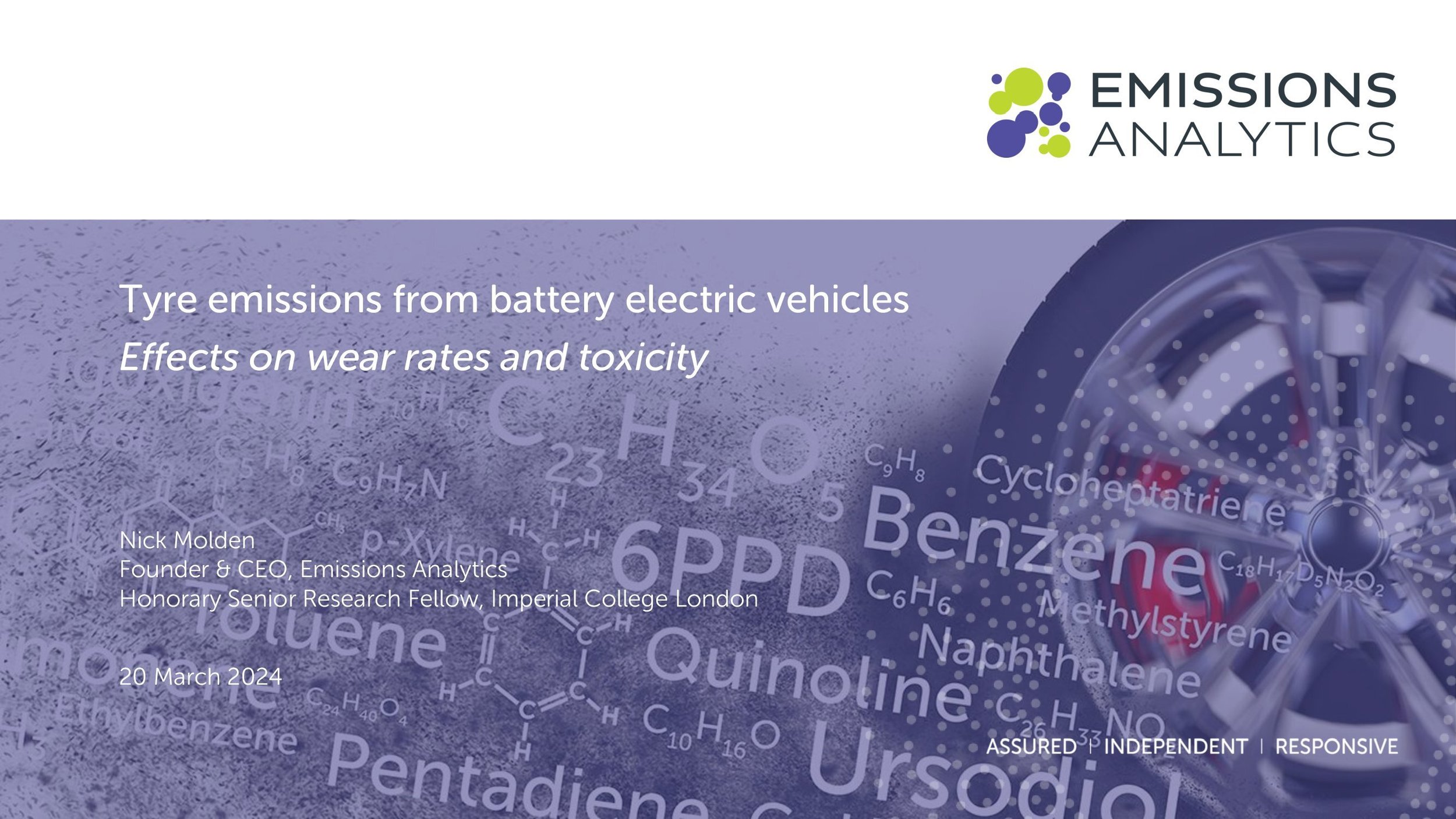
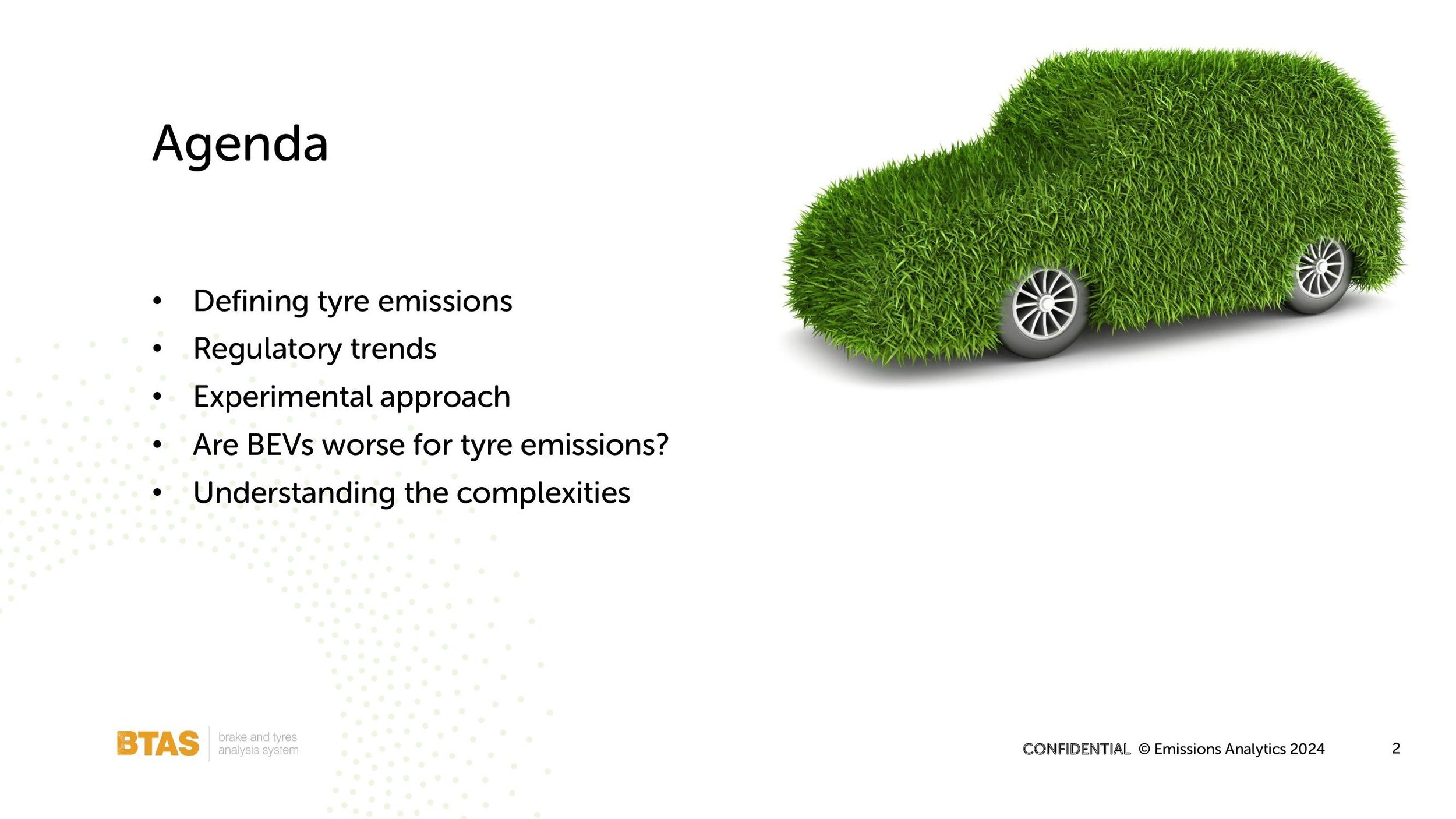
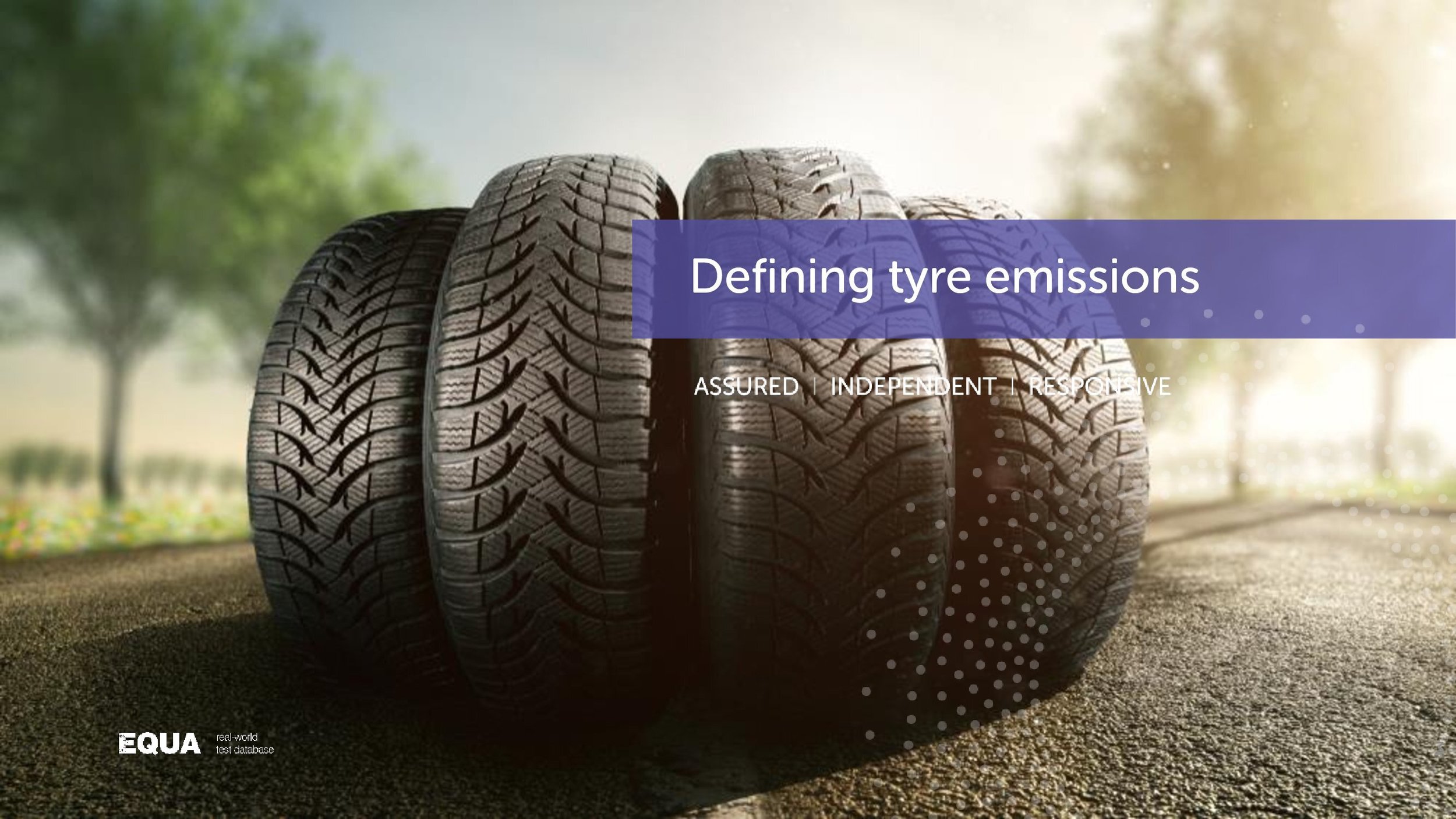


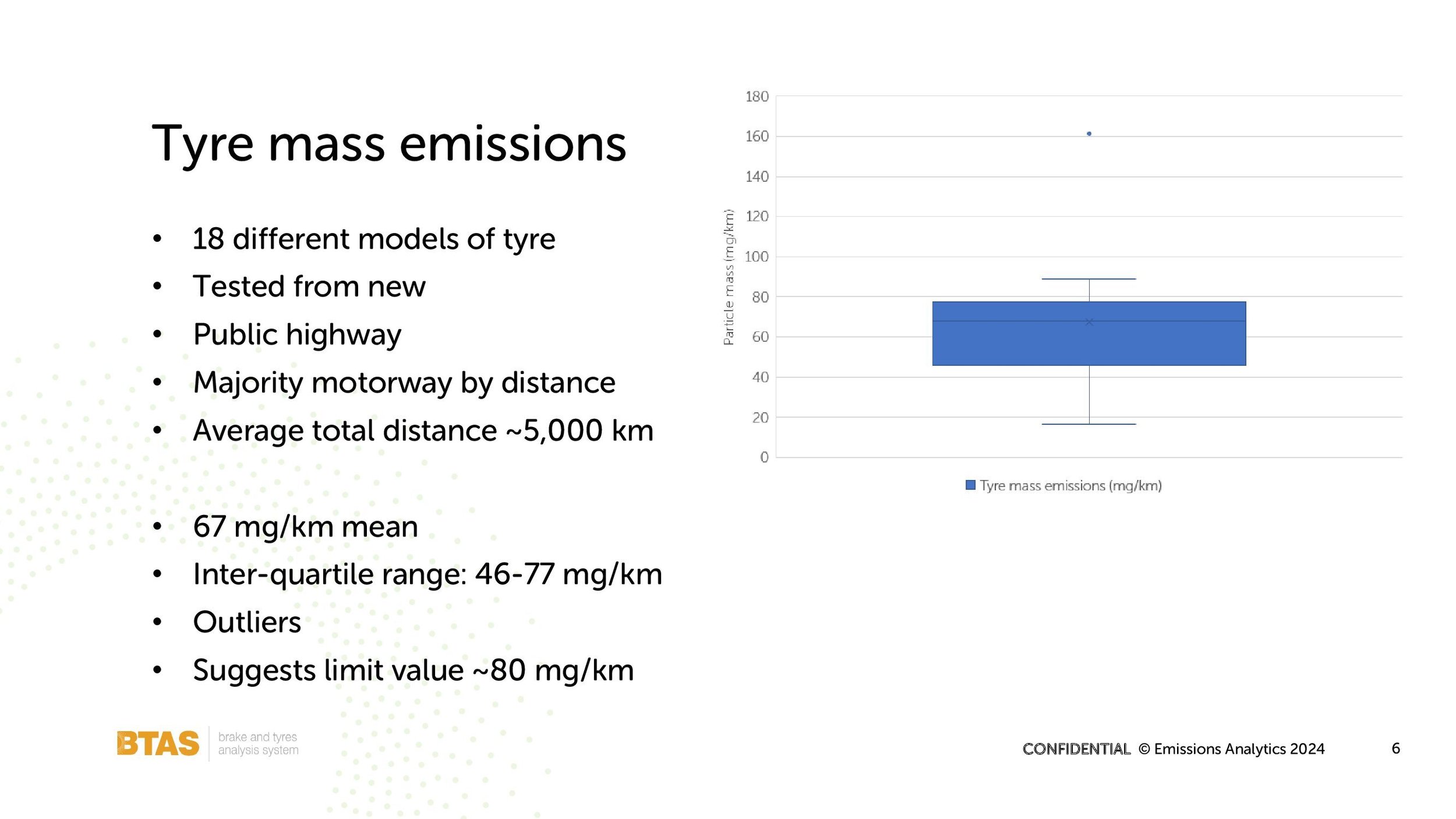

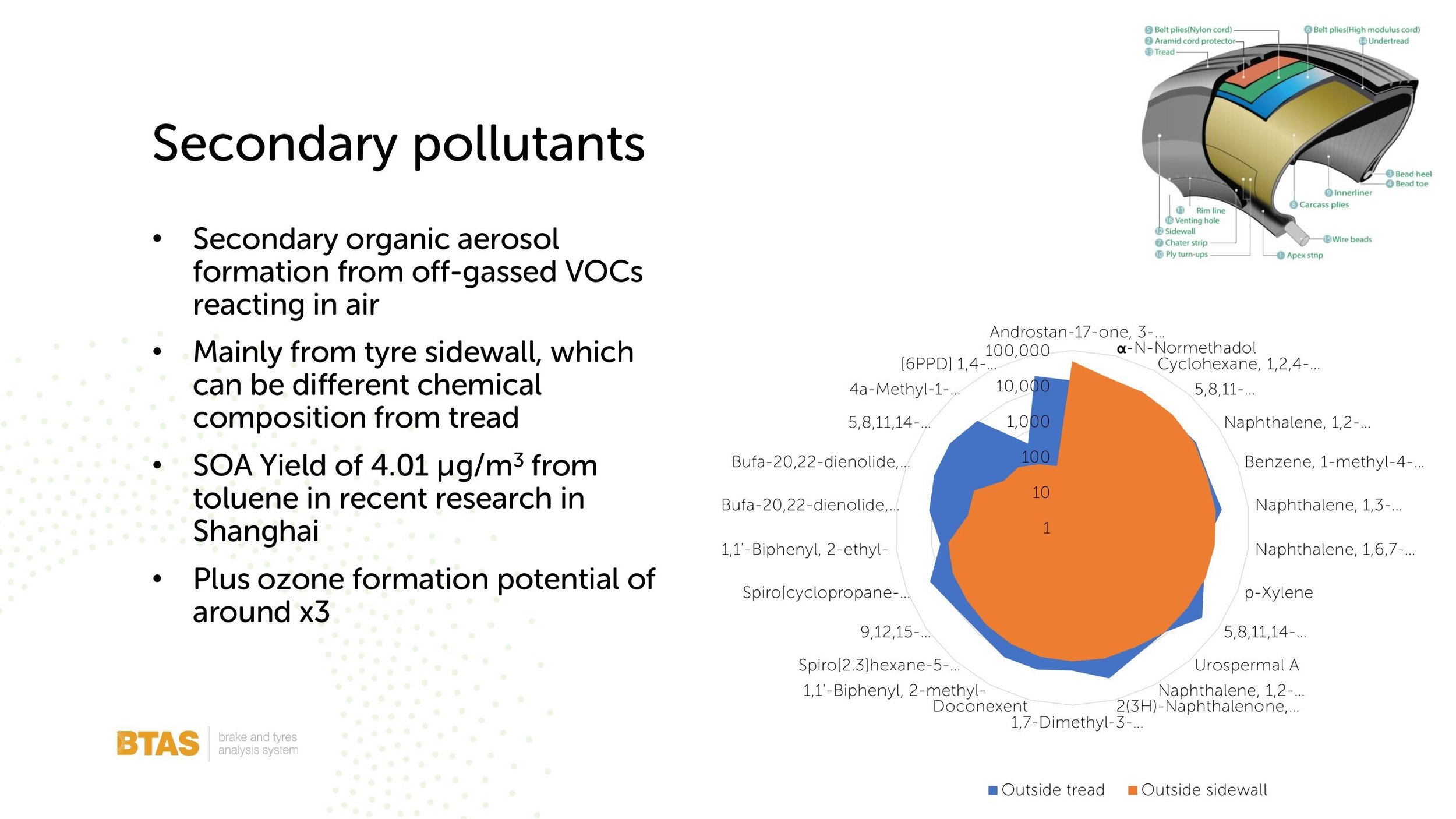
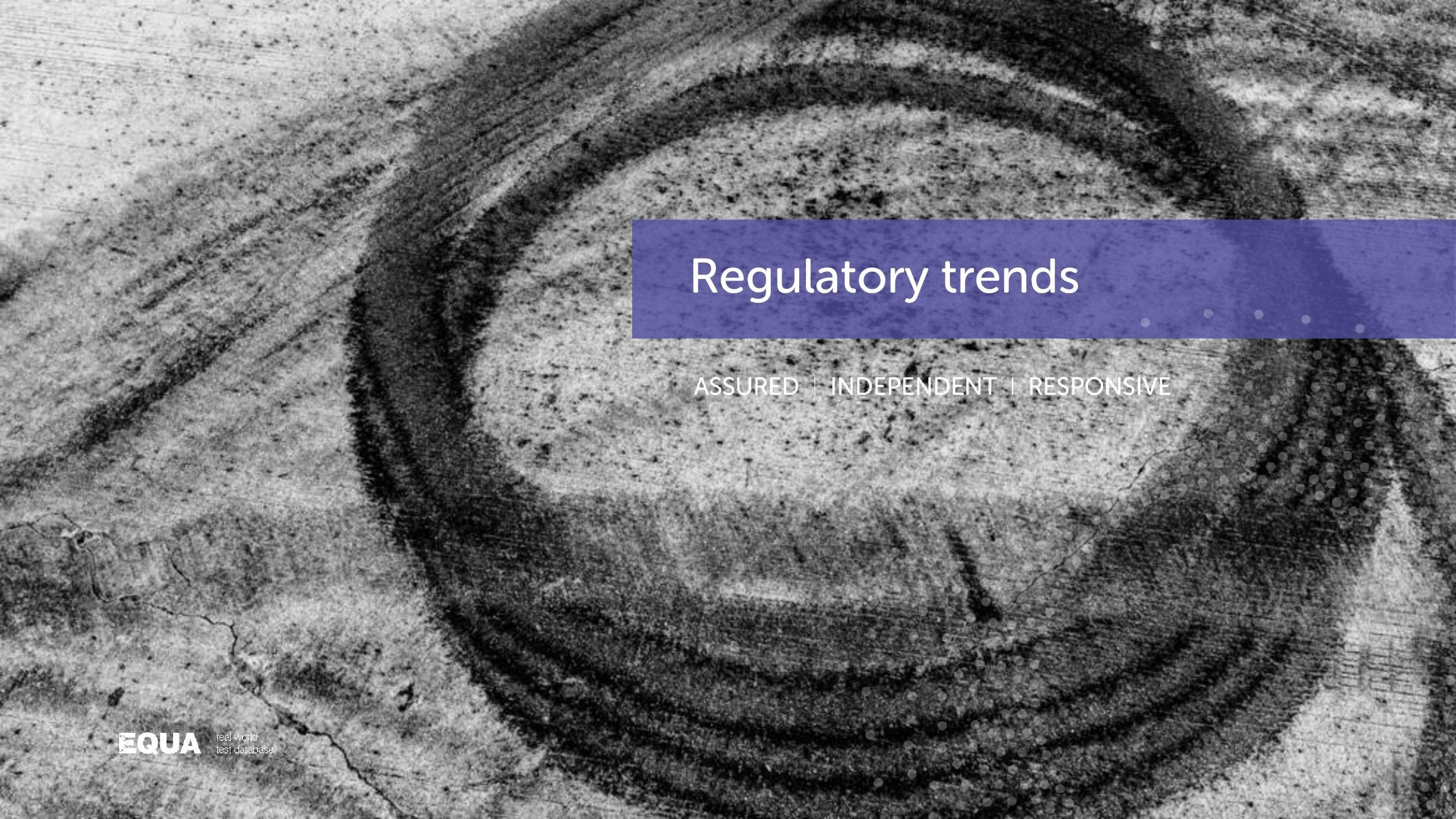
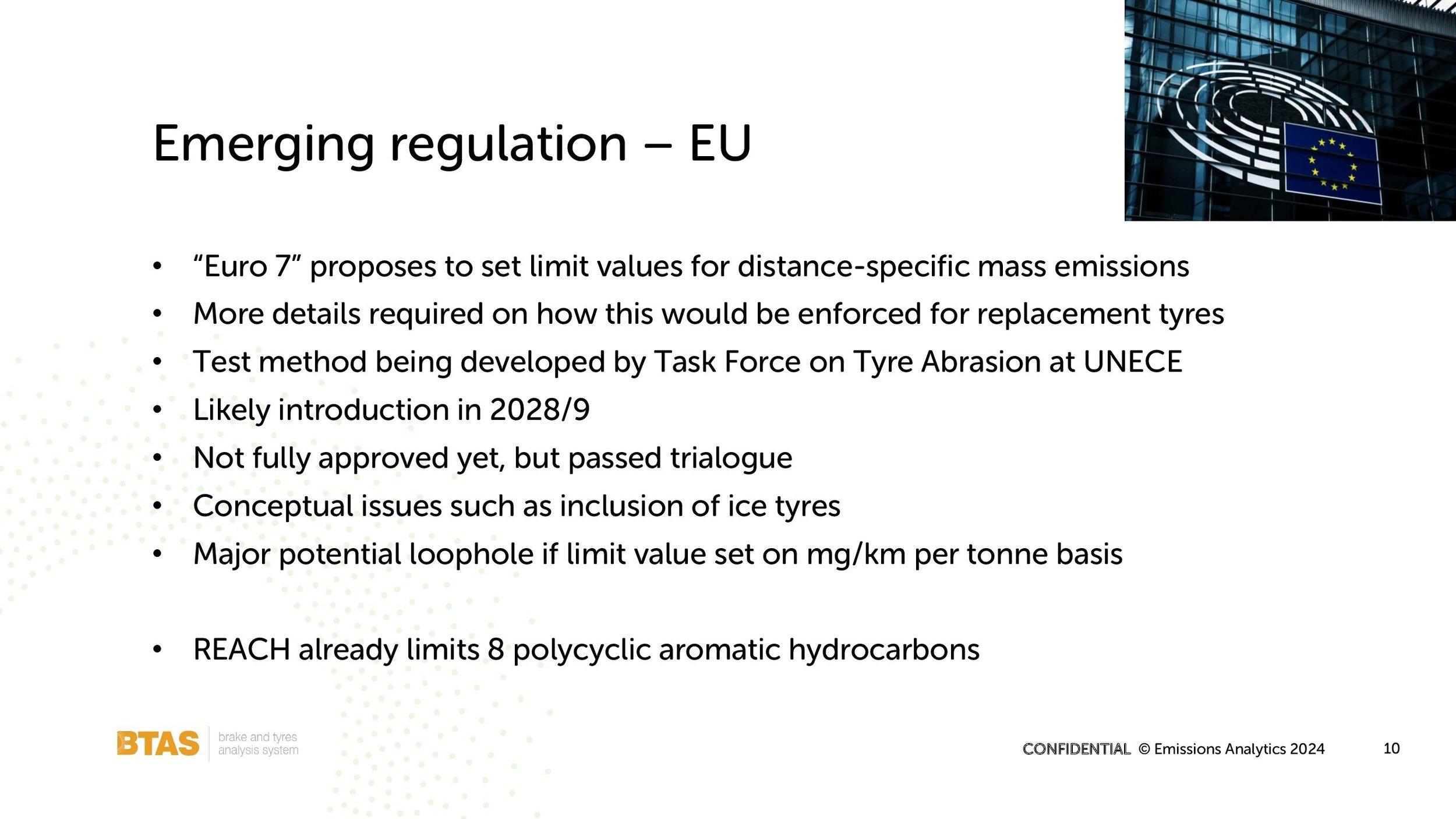
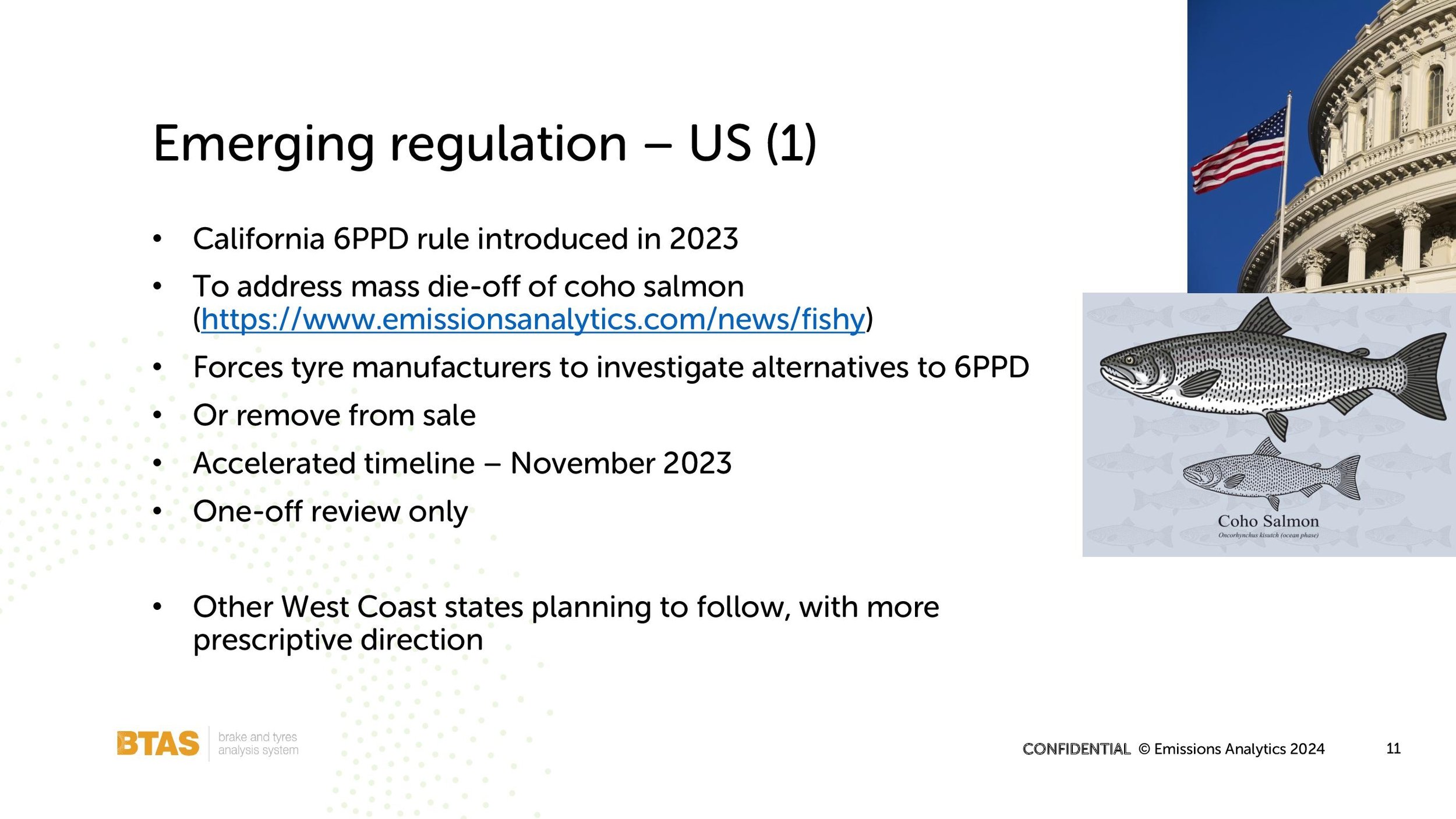
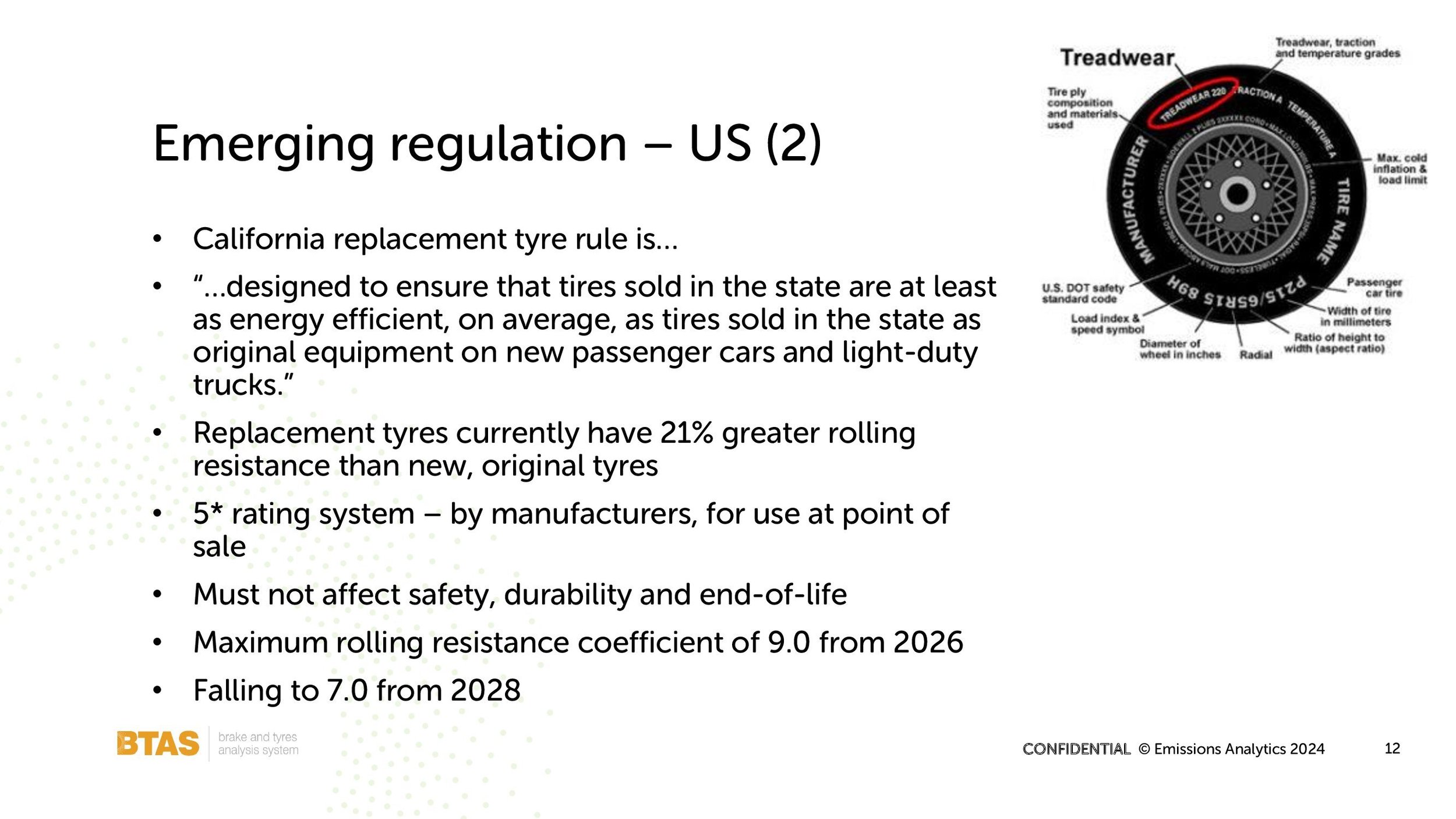
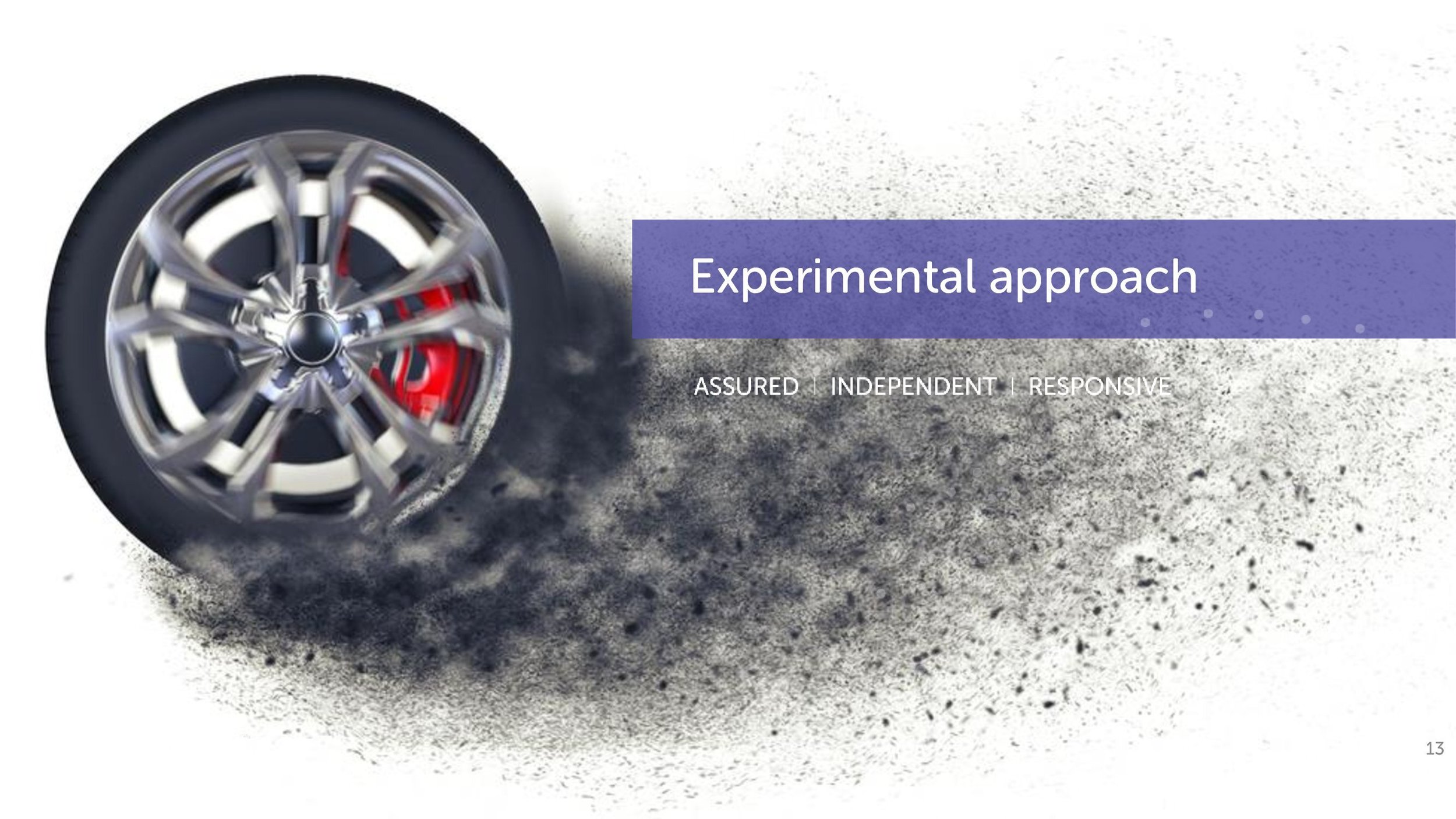
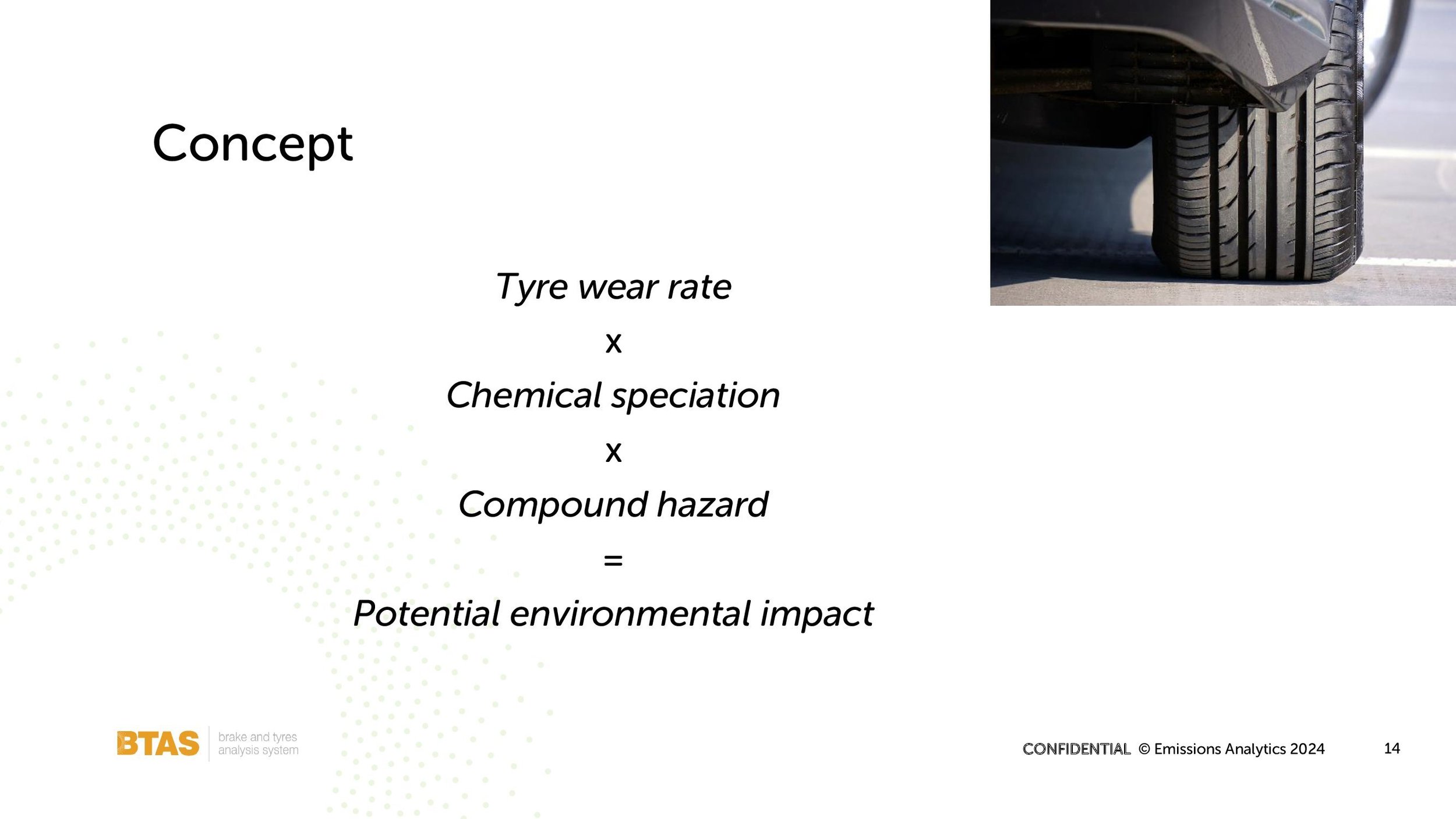
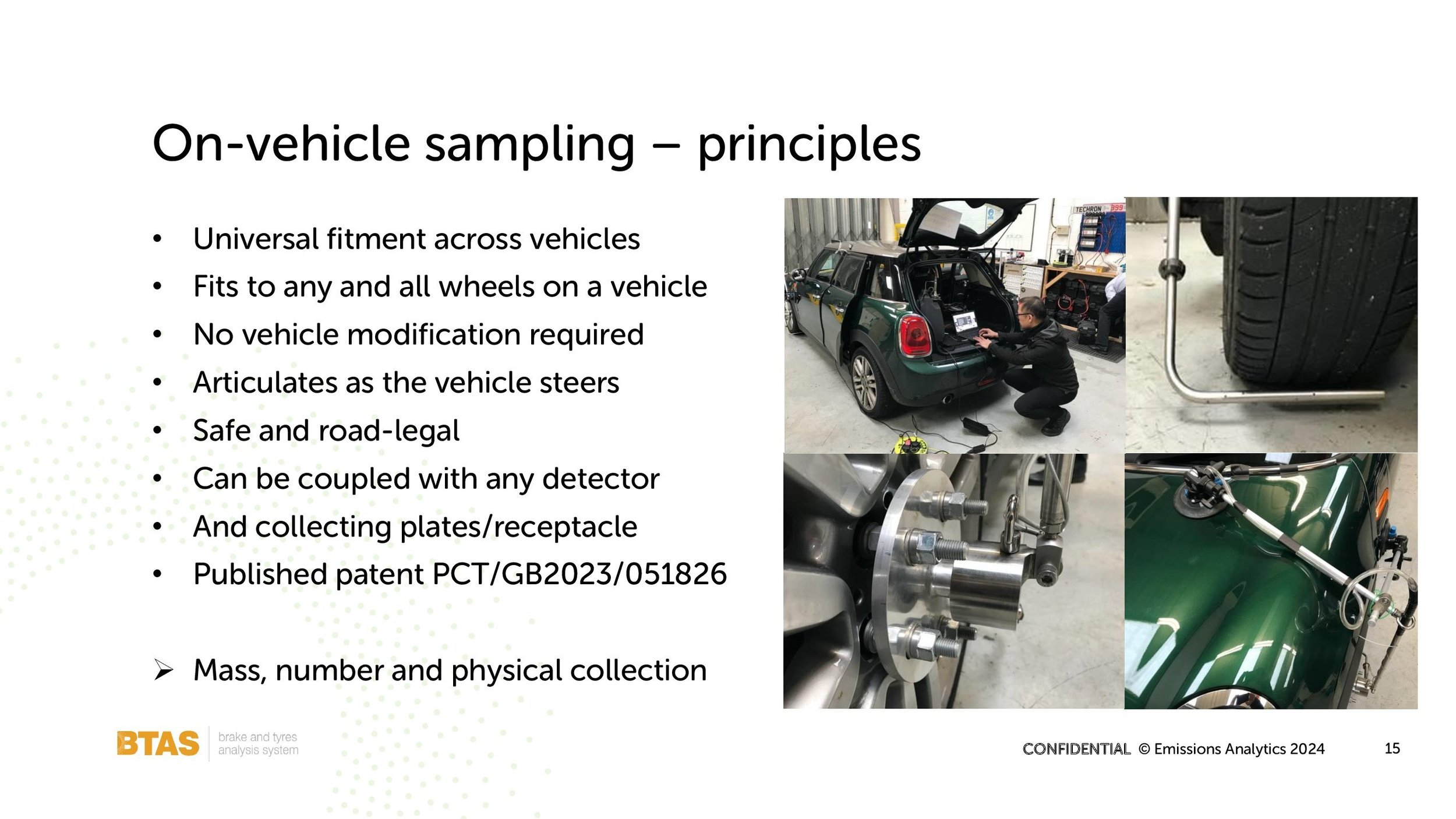

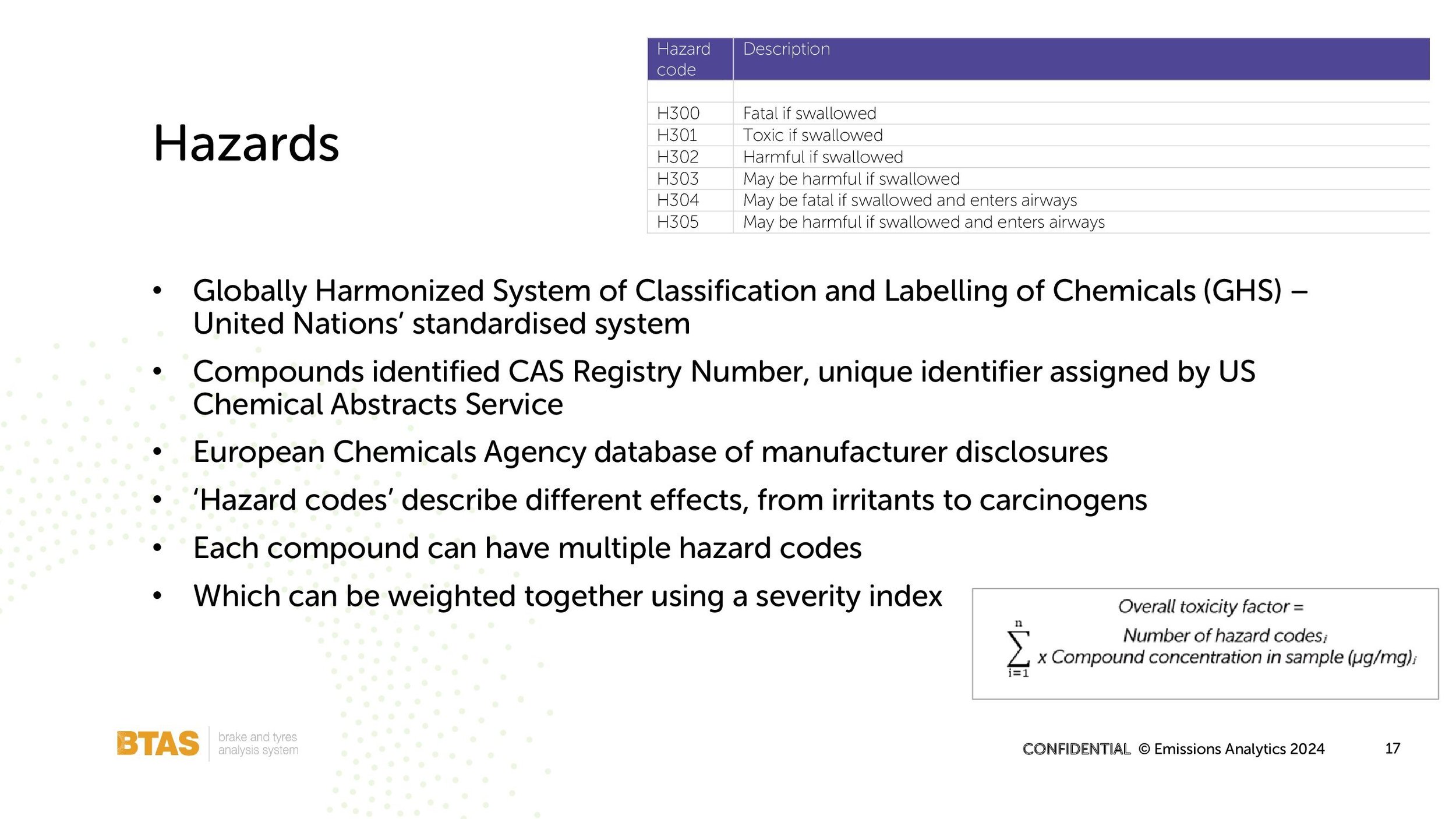
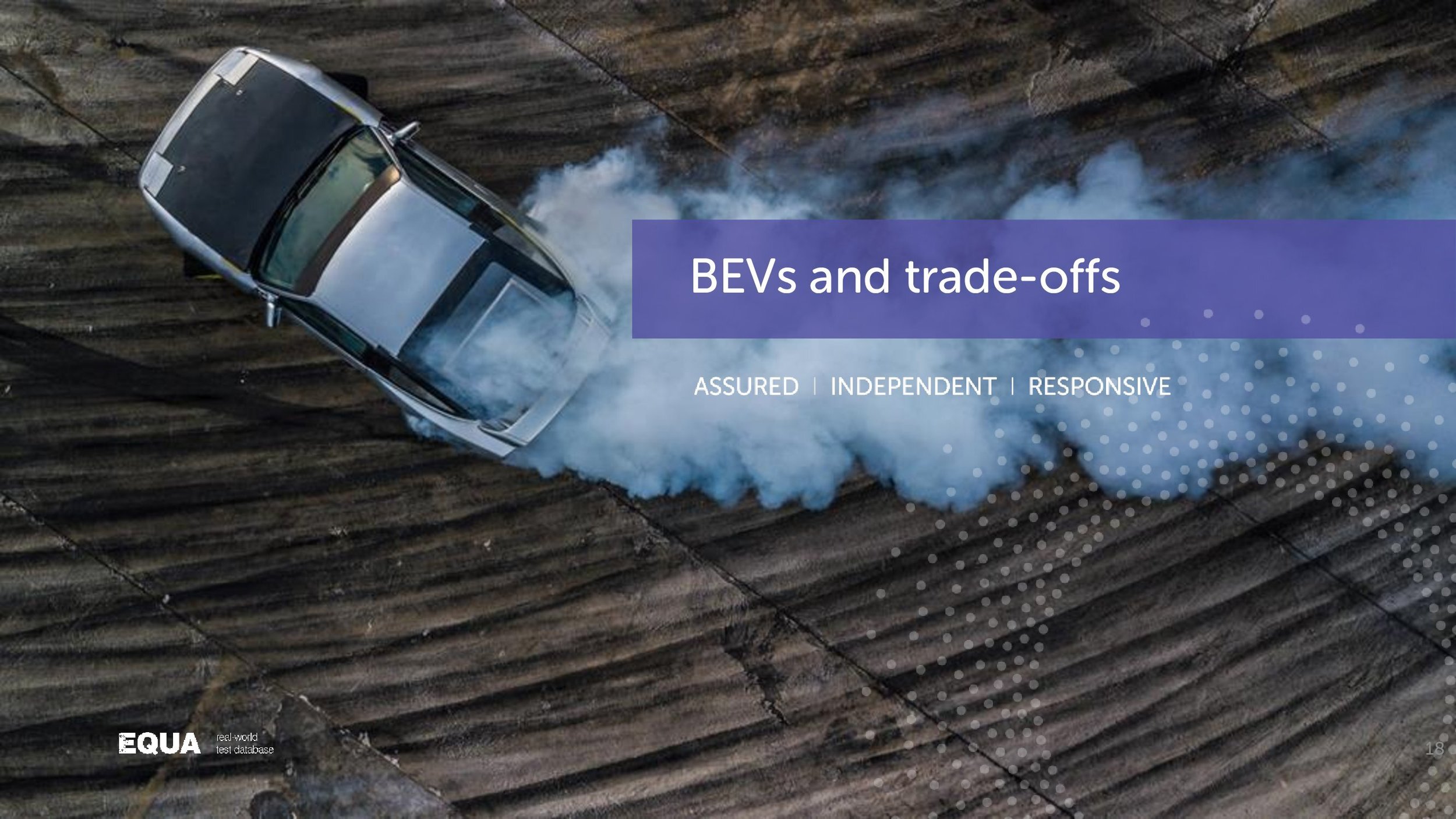

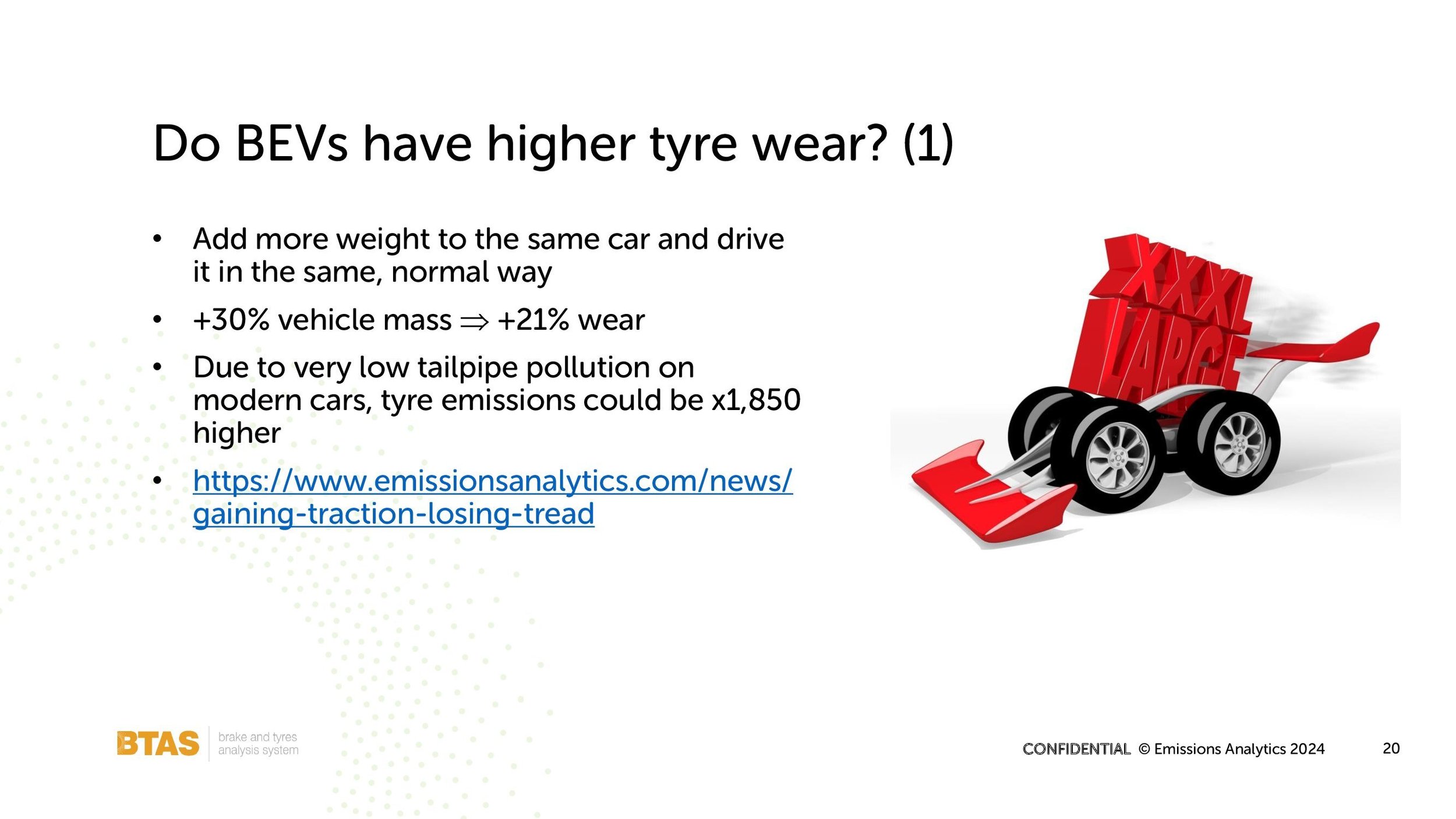
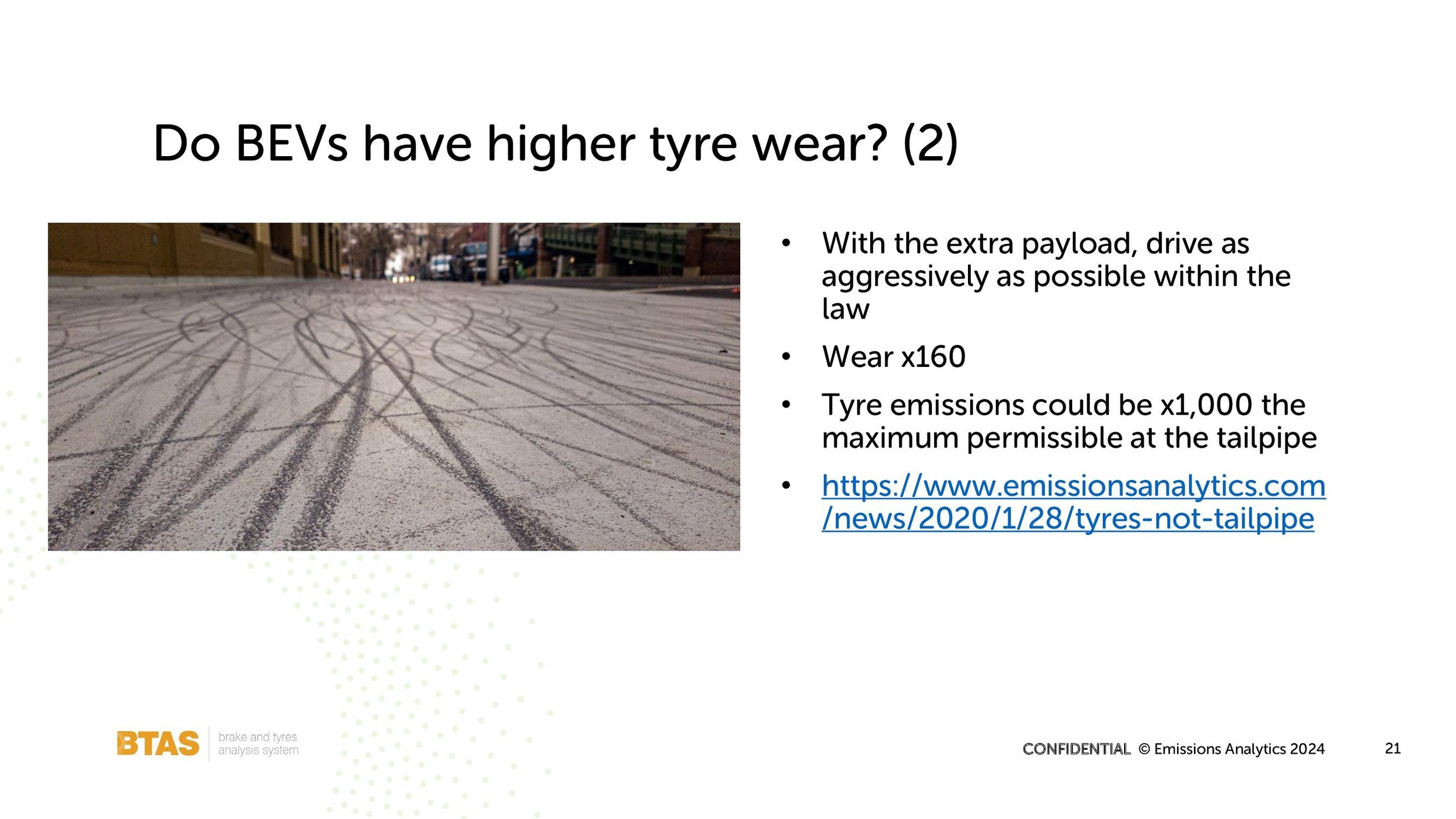
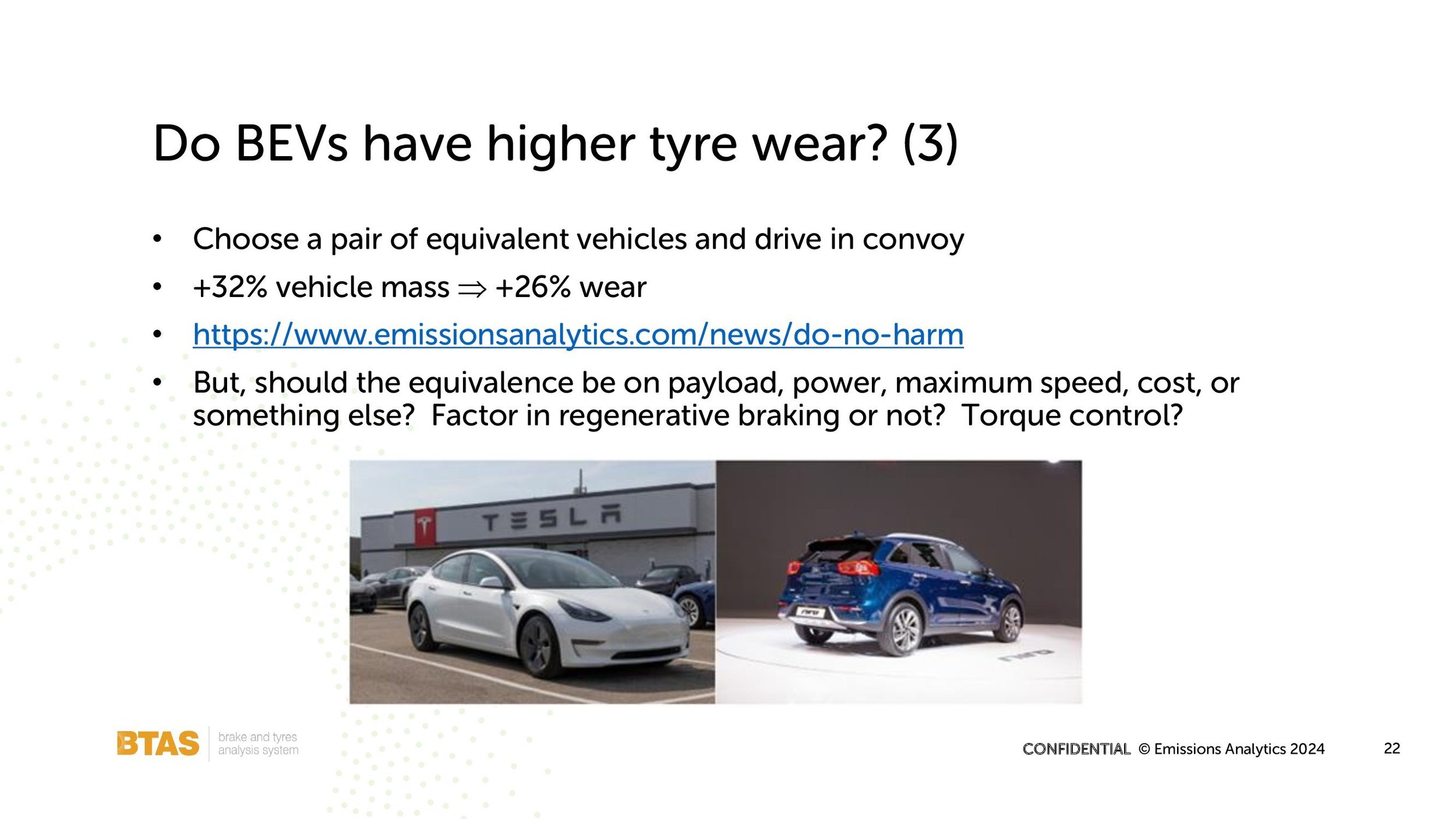
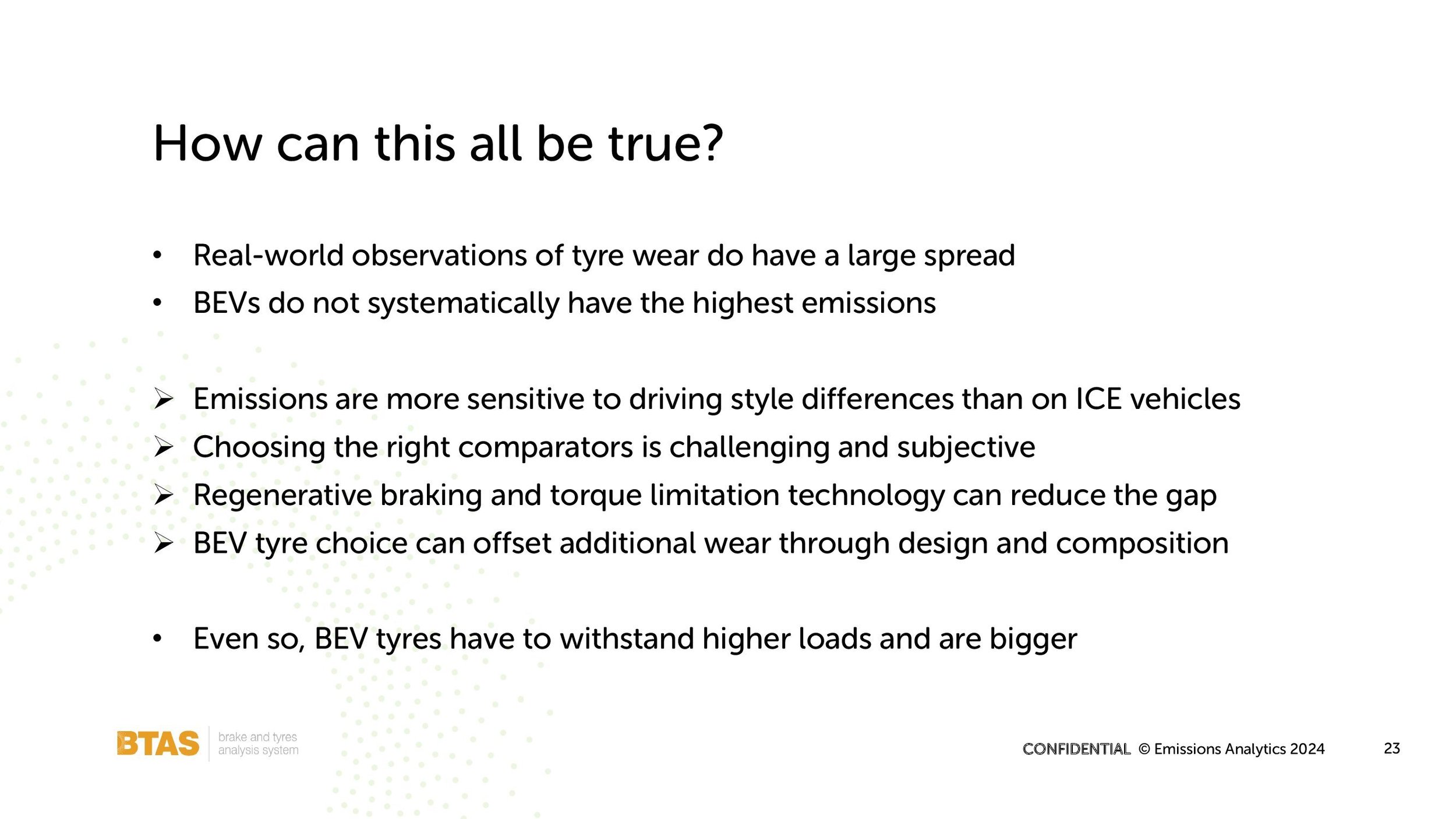
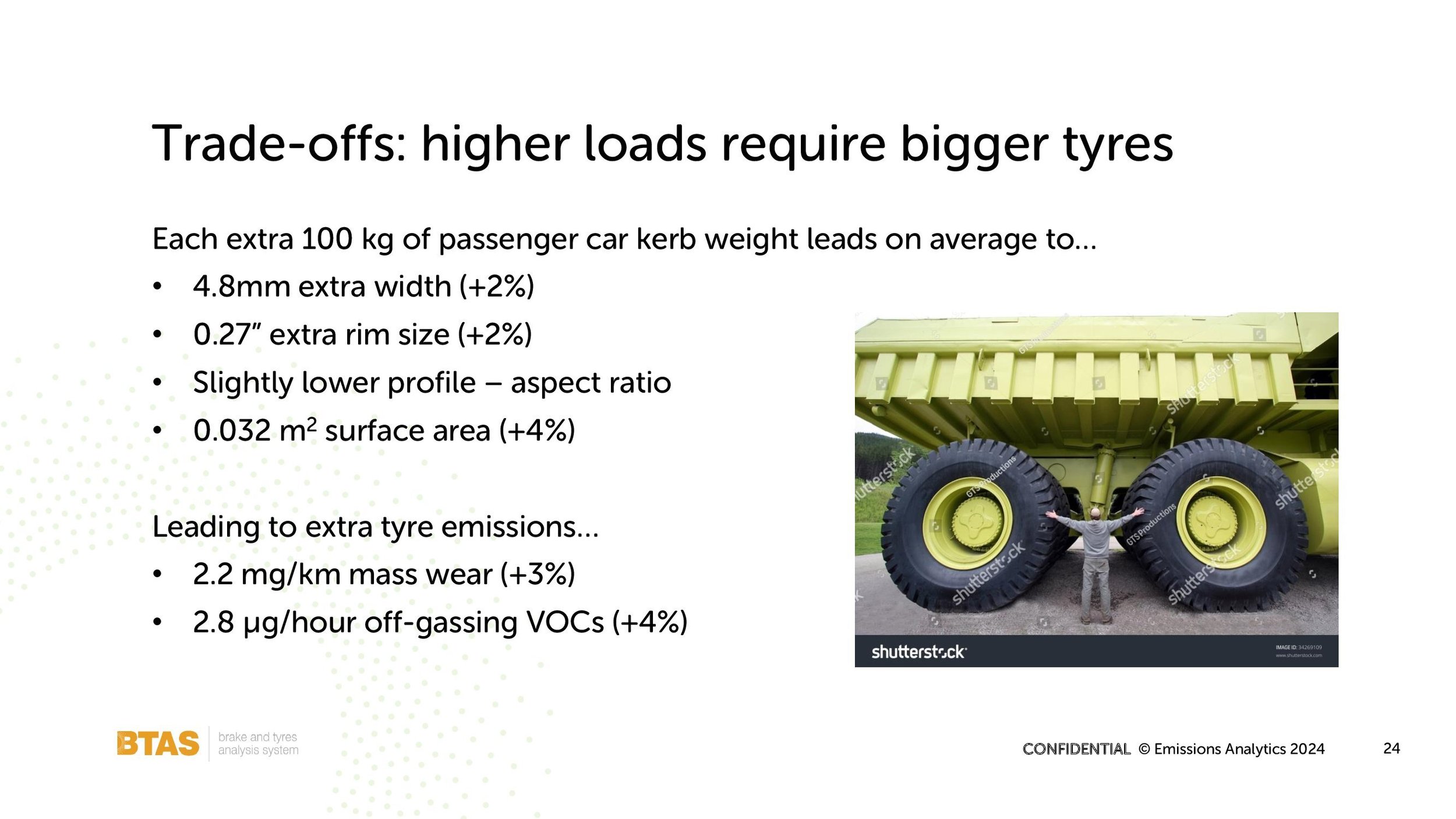
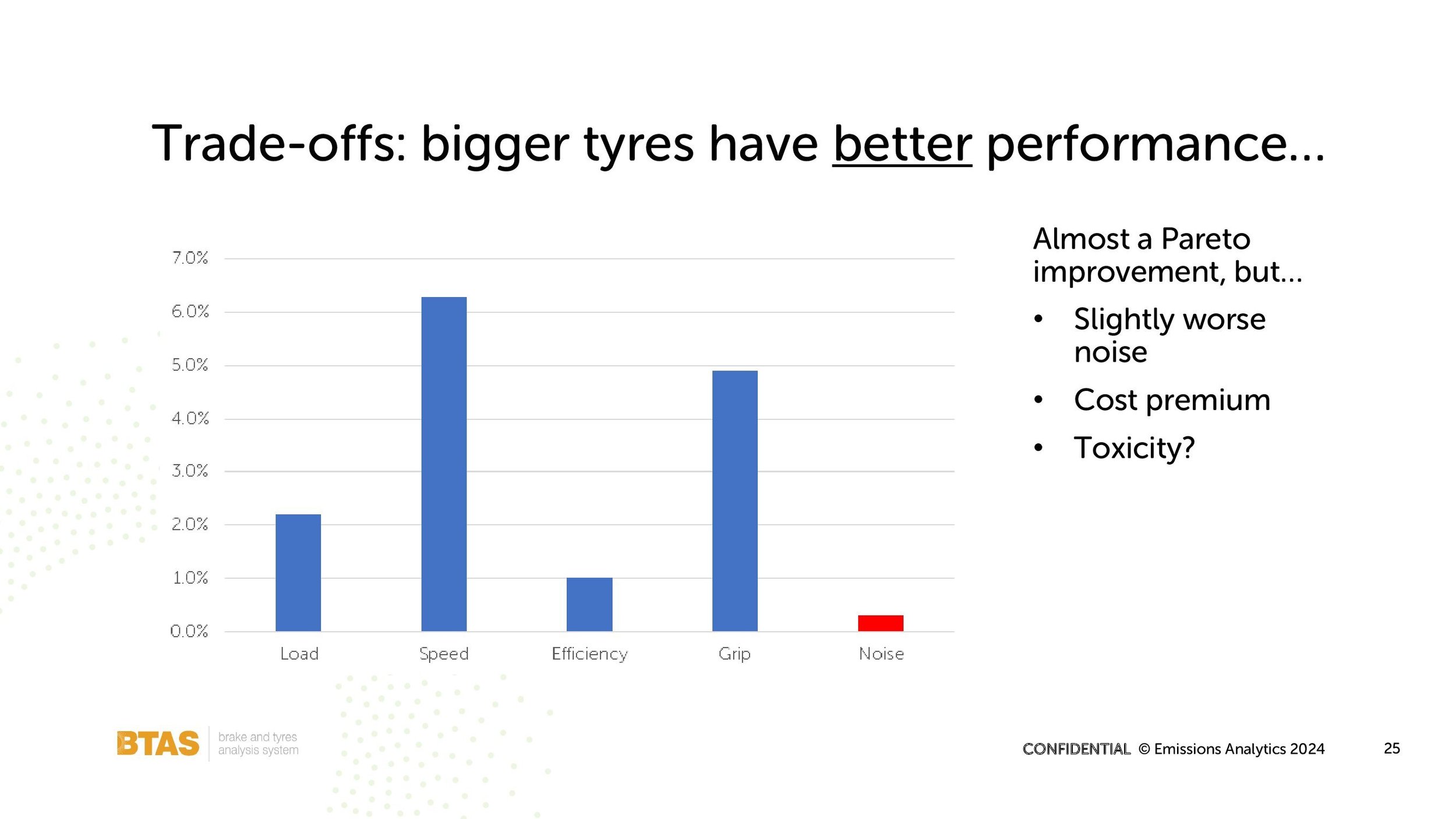
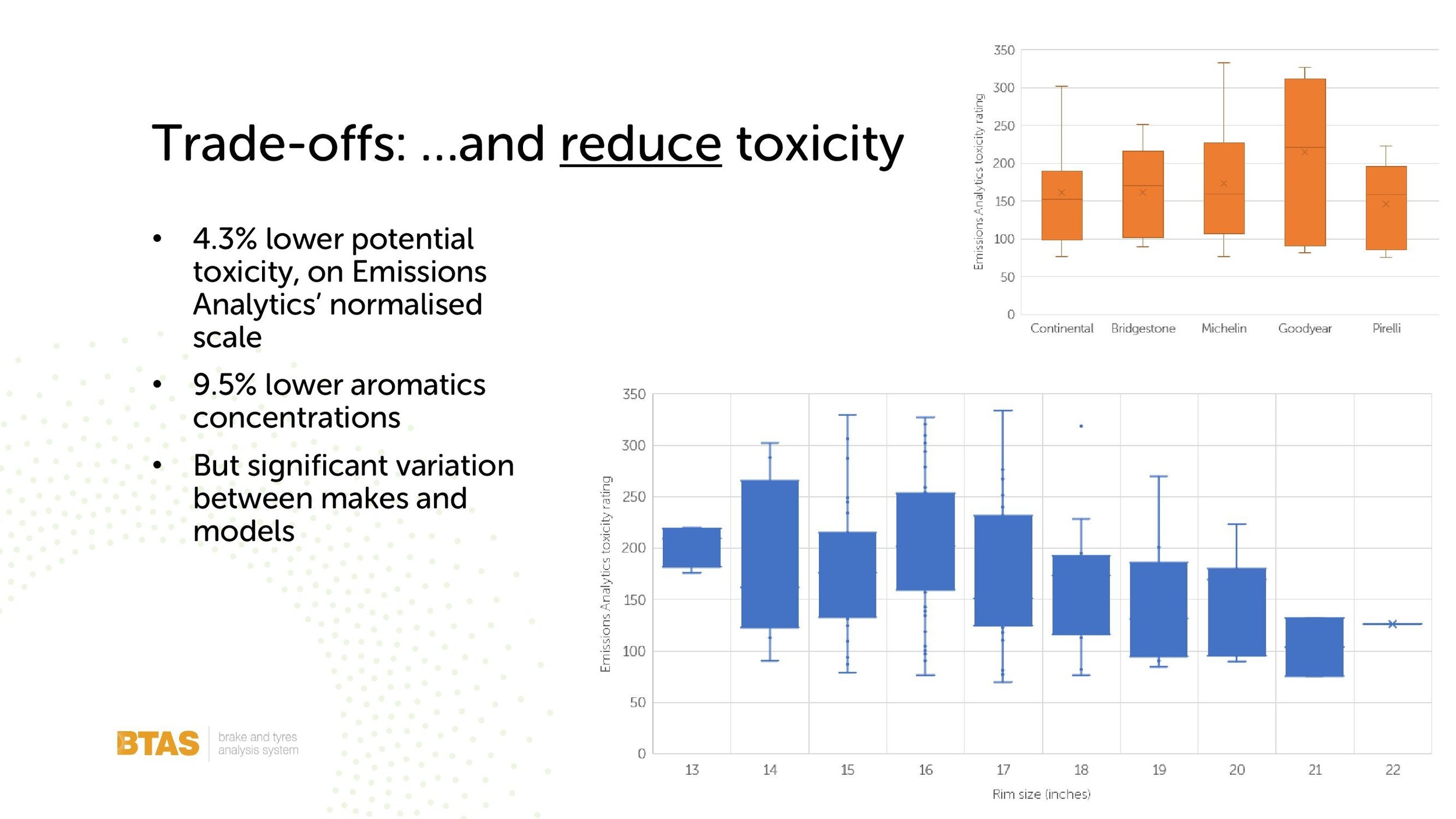
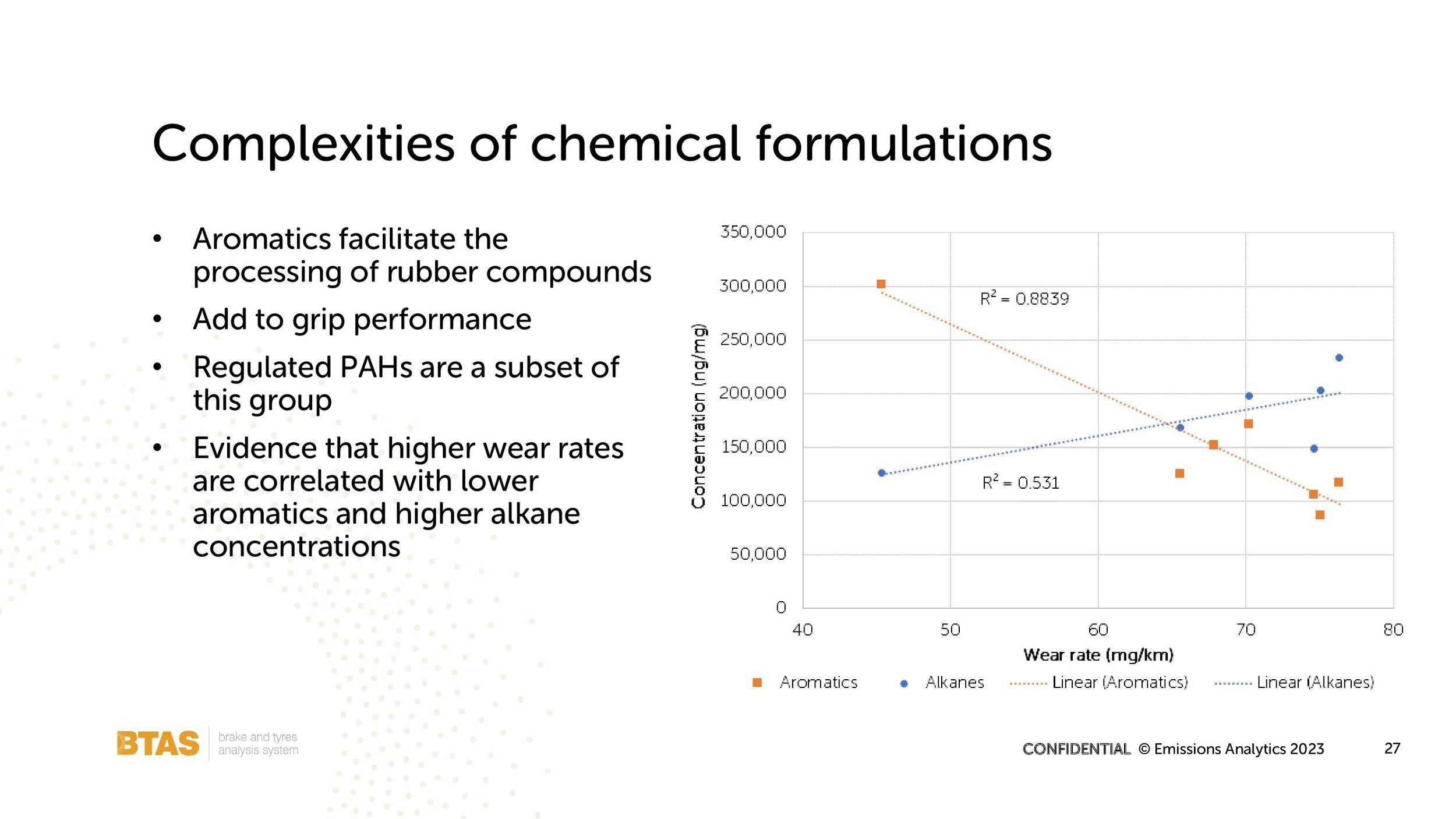
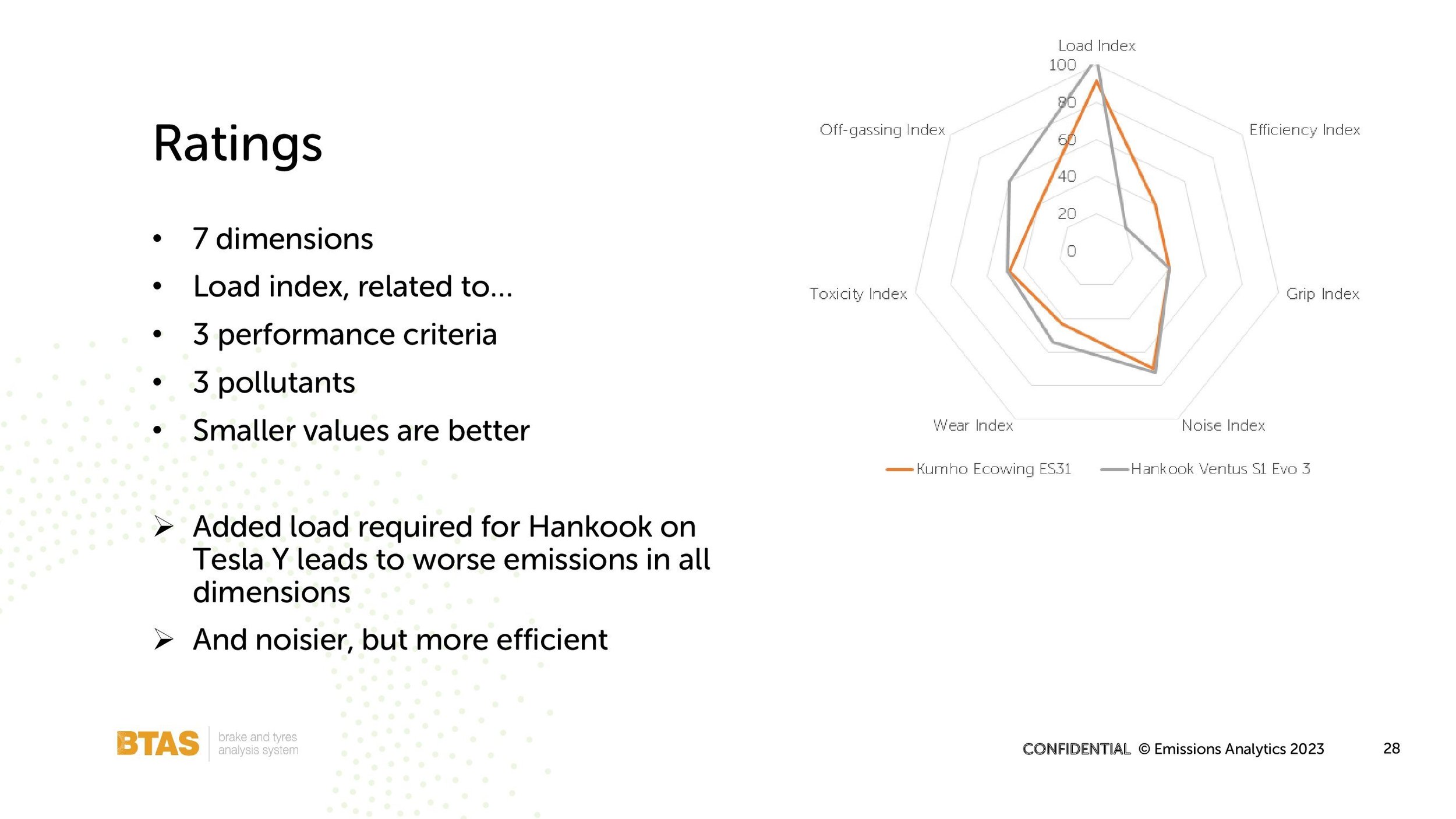
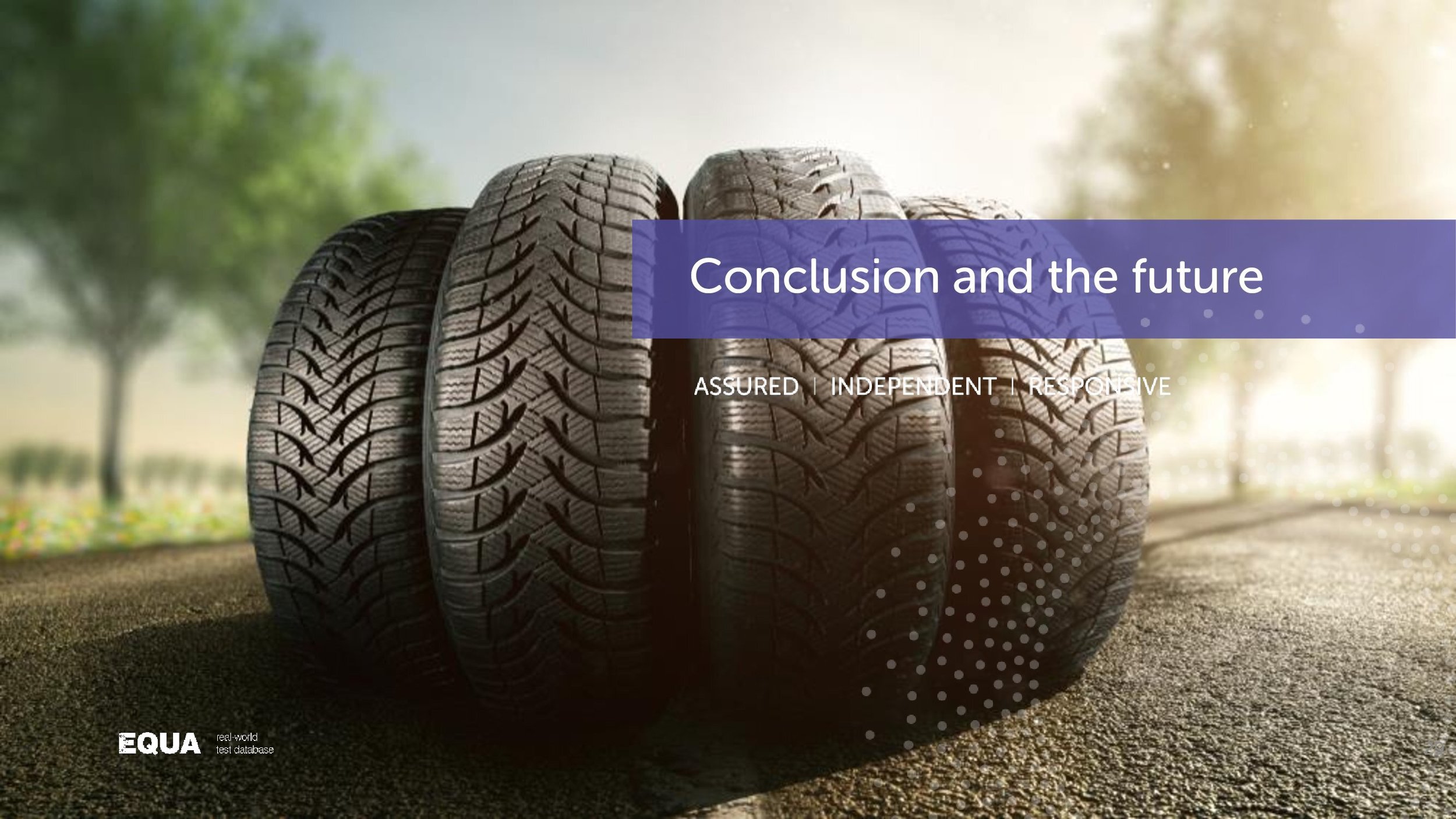
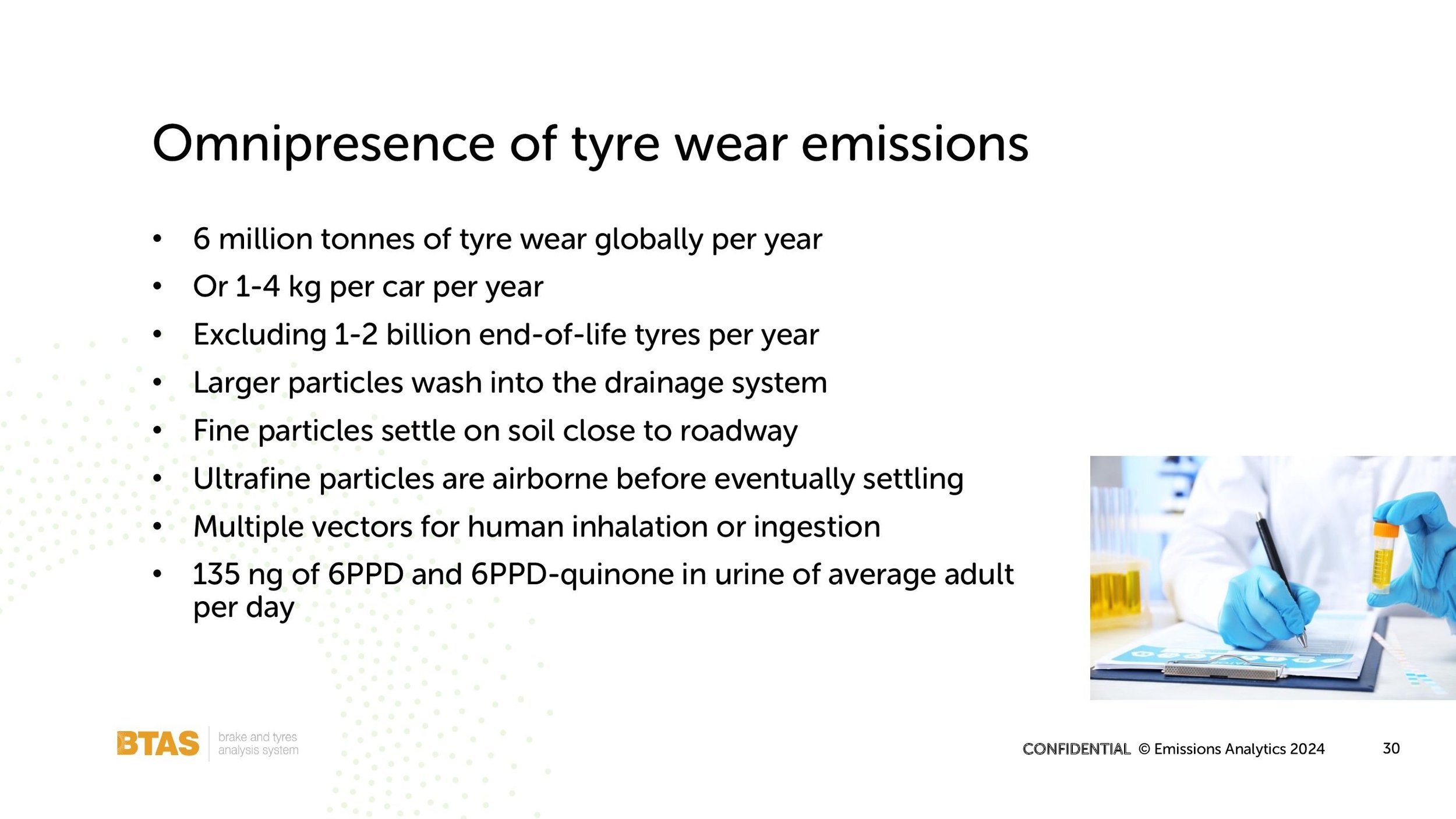
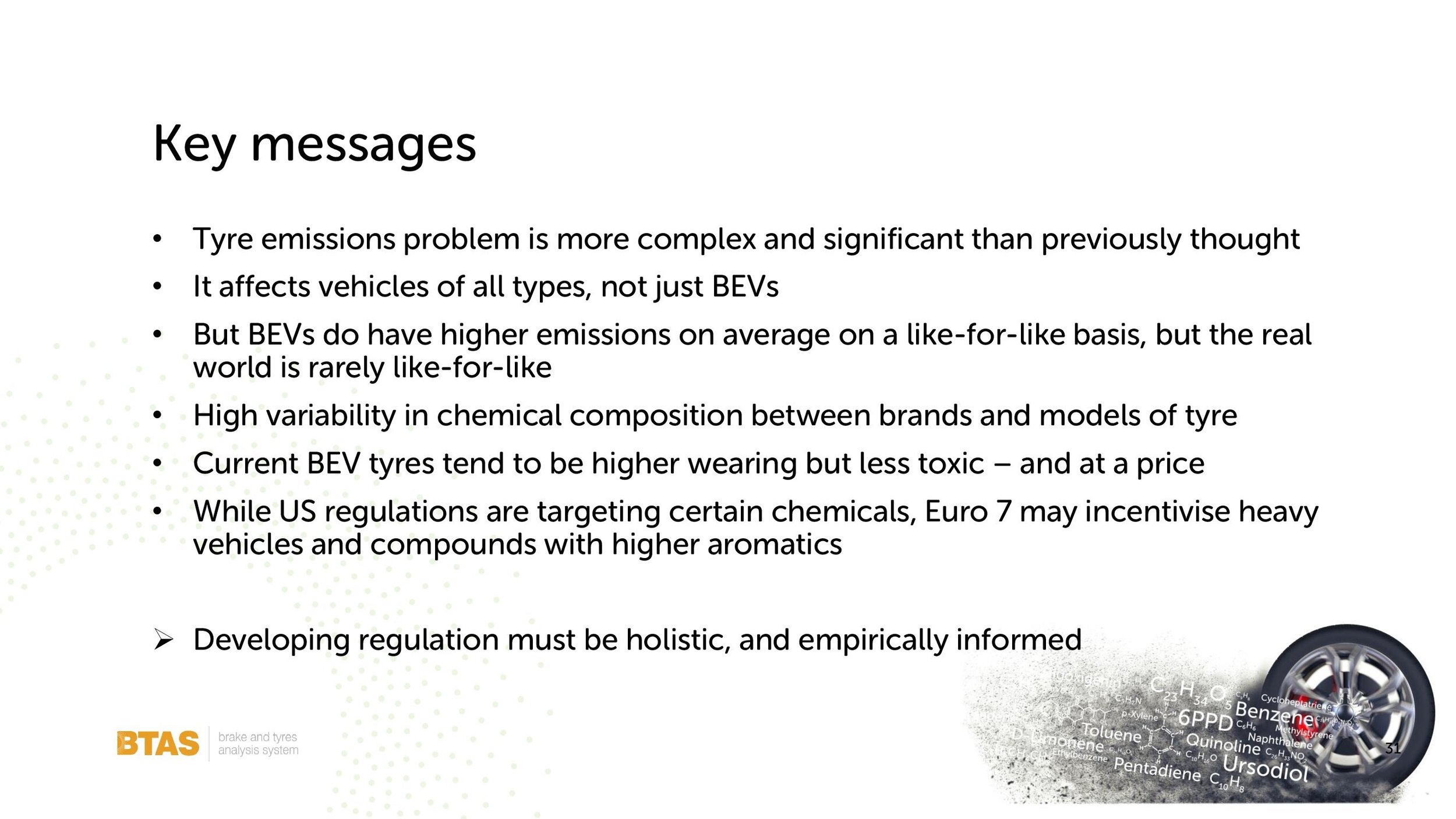

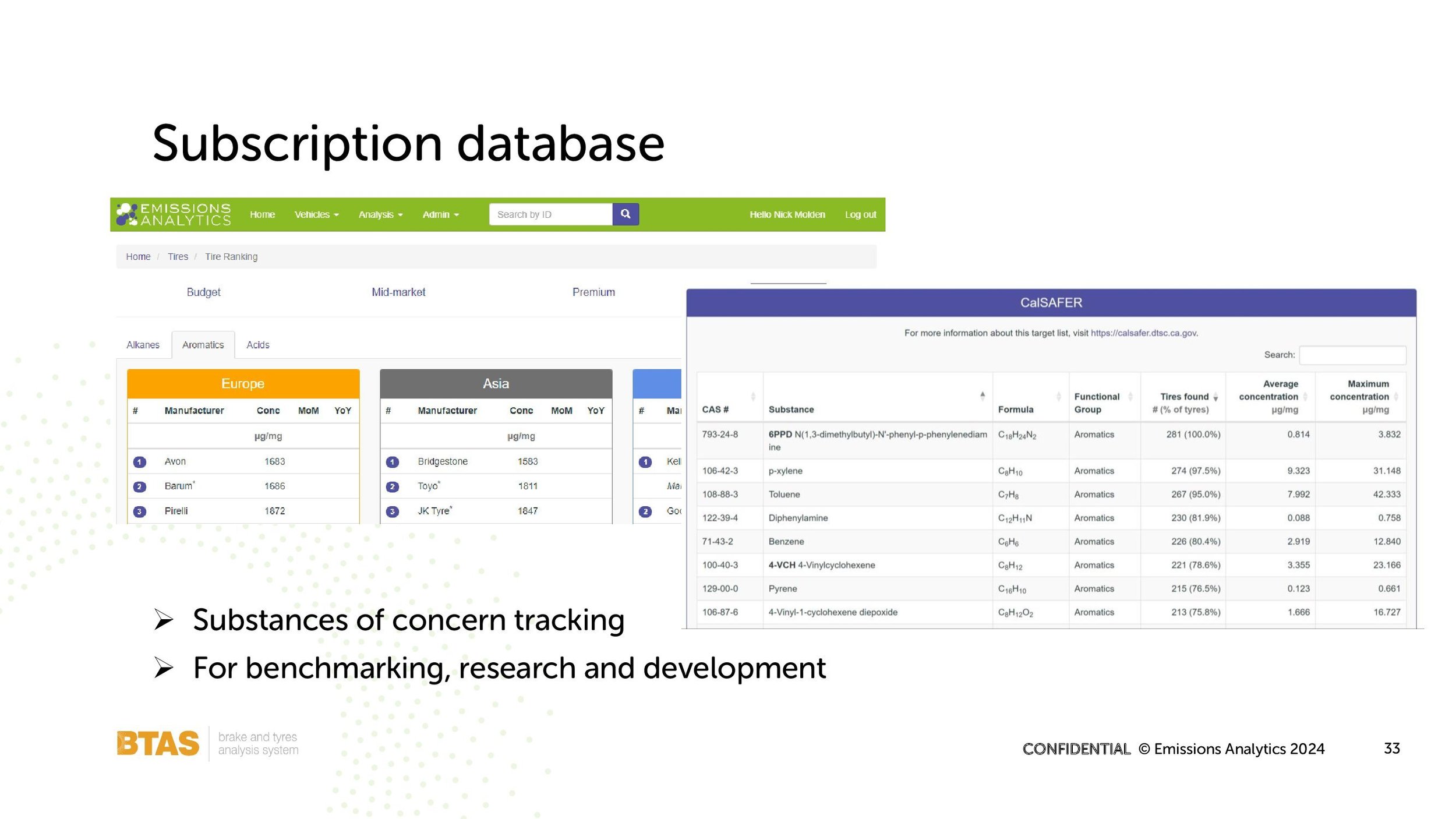

Archive
- AIR Alliance 3
- Air Quality 38
- Audio 3
- Climate Change 14
- EQUA Index 21
- Electrified Vehicles 28
- Euro 7 3
- Fuel Consumption/Economy 20
- Fuels 4
- Infographic 18
- Media 4
- NRMM/Off-road 3
- Newsletter 103
- Podcast 7
- Presentation/Webinar 18
- Press Release 19
- Regulation 16
- Reports 4
- Tailpipe Emissions 49
- Tyre Consortium 2
- Tyre Emissions 26
- Vehicle Interior 6











